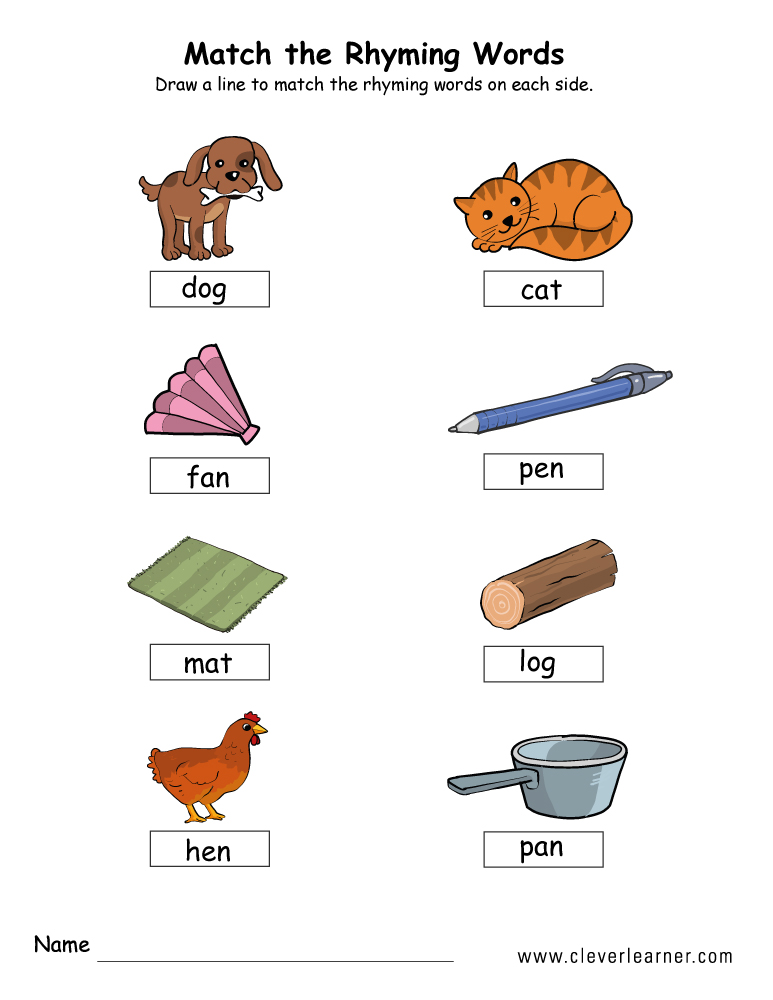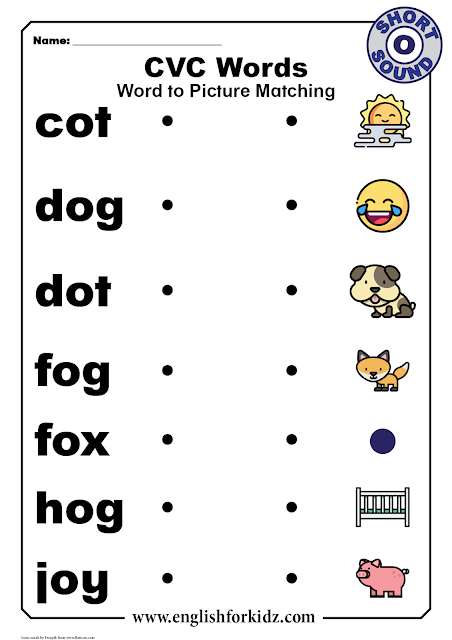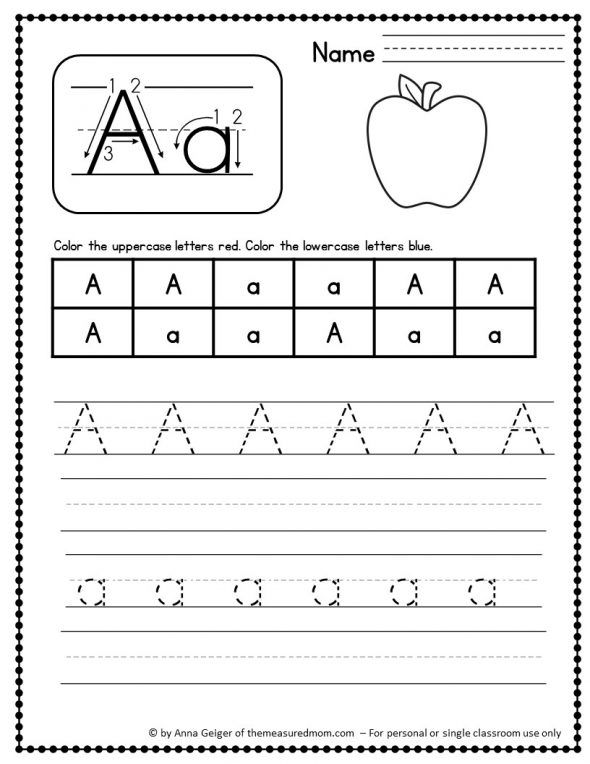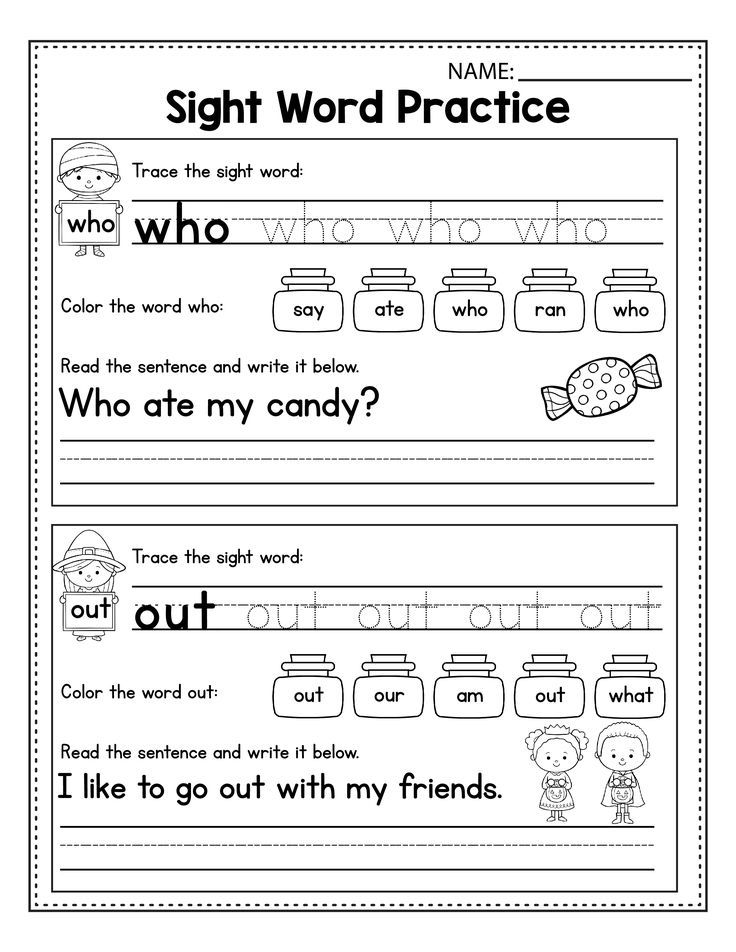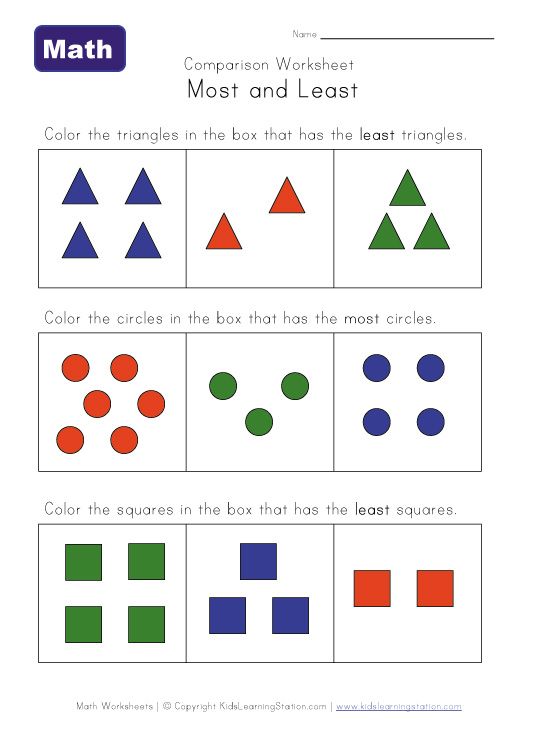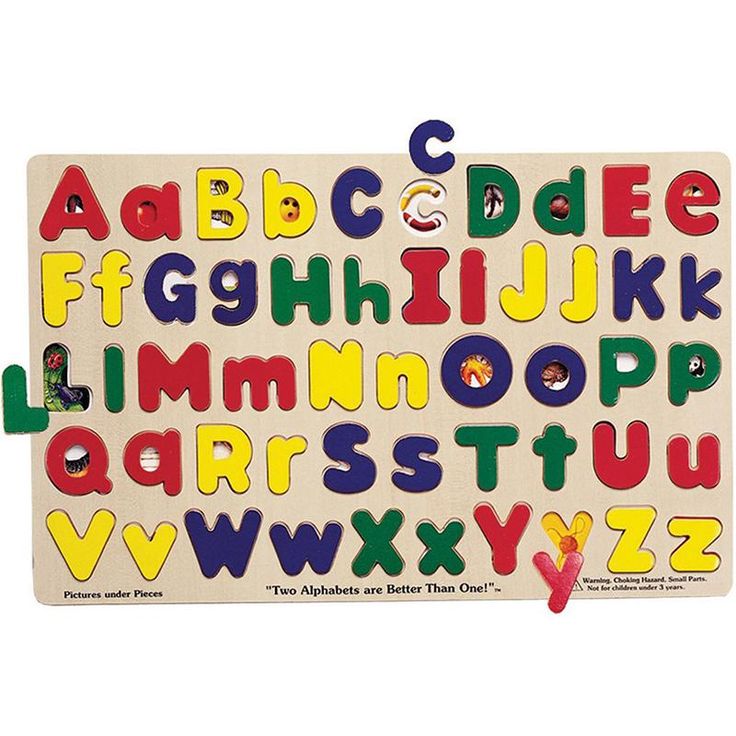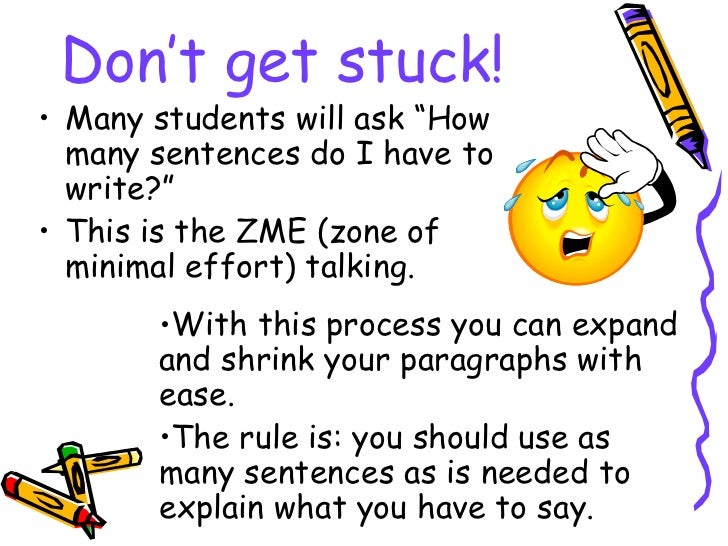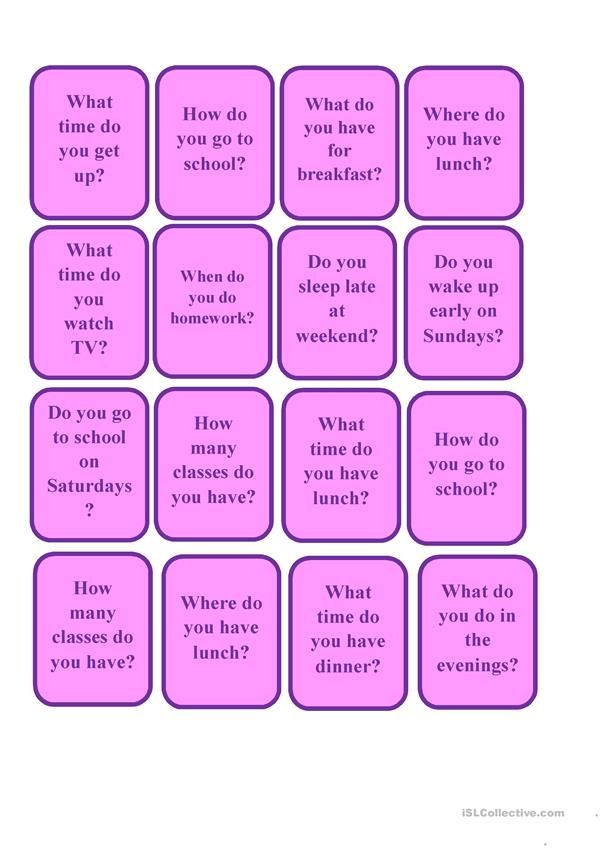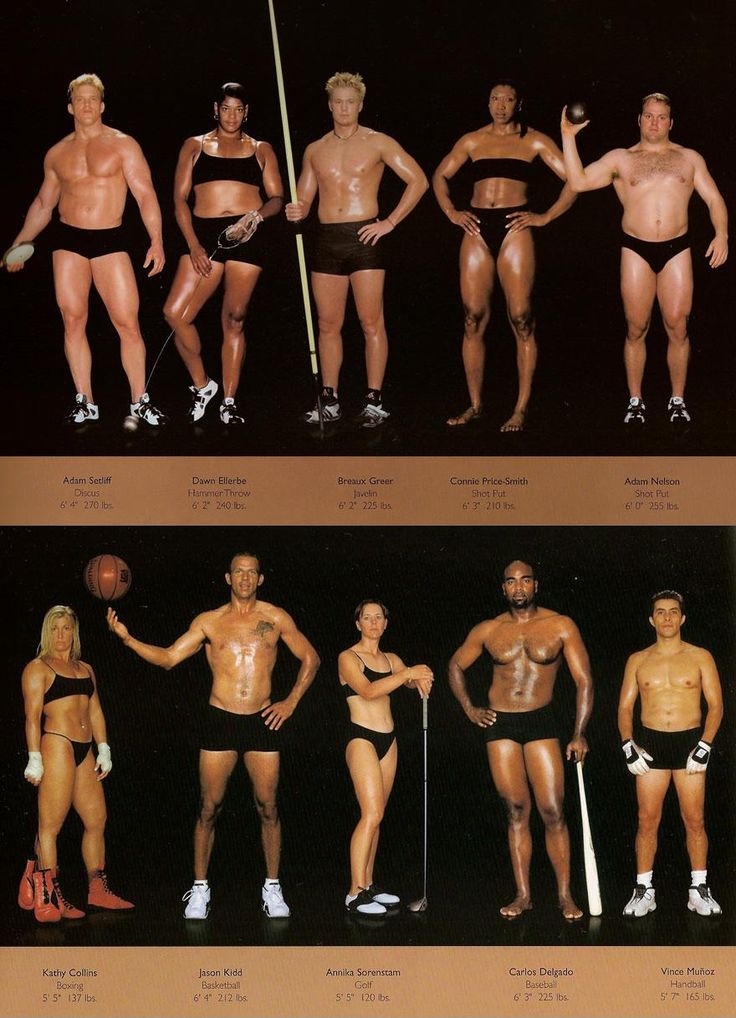Matching sounds game
5 Senses Activity - Sound Matching Game for Preschoolers
This post may contain affiliate links. See Disclosure for more information.
Learning about the 5 Senses is so important for young children. It’s the perfect unit for preschoolers because exploring the world with the senses is their natural inclination. Set up easy centers for each sense at the science center and try this Sound Matching Game as a circle time lesson.
Sense of Sound Matching Game
Step 1
To create the center, gather 12 plastic easter eggs – 6 of each in 2 different colors (like purple and orange.) Plastic eggs are often sold at the dollar store or local big box store in the spring time.
Step 2
Filled pairs of eggs with different items. The goal is to have 1 of each color egg filled with the exact same noisy object.
- Button
- Jingle Bells
- Pennies
- Paper Clips
- Unifix Cube
- Dry Beans
Addition good fillers for Sense of Sound:
- Cotton Balls
- Rice
- Small rocks
- Popcorn Kernels
- Super Ball
- Play Dough
- Water Beads
- Cheerios
- Pony Beads
- Broken Crayons
Step 3
Tape the sound eggs together to prevent any “peeking” or rearranging of the items. The students use their sense of hearing to match the purple egg with the same sounding orange egg.
After teaching the Sense of Sound game during circle time, find a place to display the game for additional practice. Students can play the sound matching game independently or with a small group during center time.
It requires a bit of cooperation and can help students develop their social-emotional skills, problem-solving abilities, and negotiation.
More 5 Senses Activities for Preschoolers:
5 Senses – Sense of Touch Board
5 Senses – Sense of Taste Activity
My 5 Senses – 15 Hands-On Activities for Preschoolers
5 Senses Interactive Bulletin Board
Check out this Resource from my Shop!
5 Senses Preschool Unit
$10.00
Activate all your students’ senses in this engaging
5 Senses Preschool Unit. Ten daily lesson plans, printable activities, classroom posters, as well as literacy, math, and fine motor centers are included.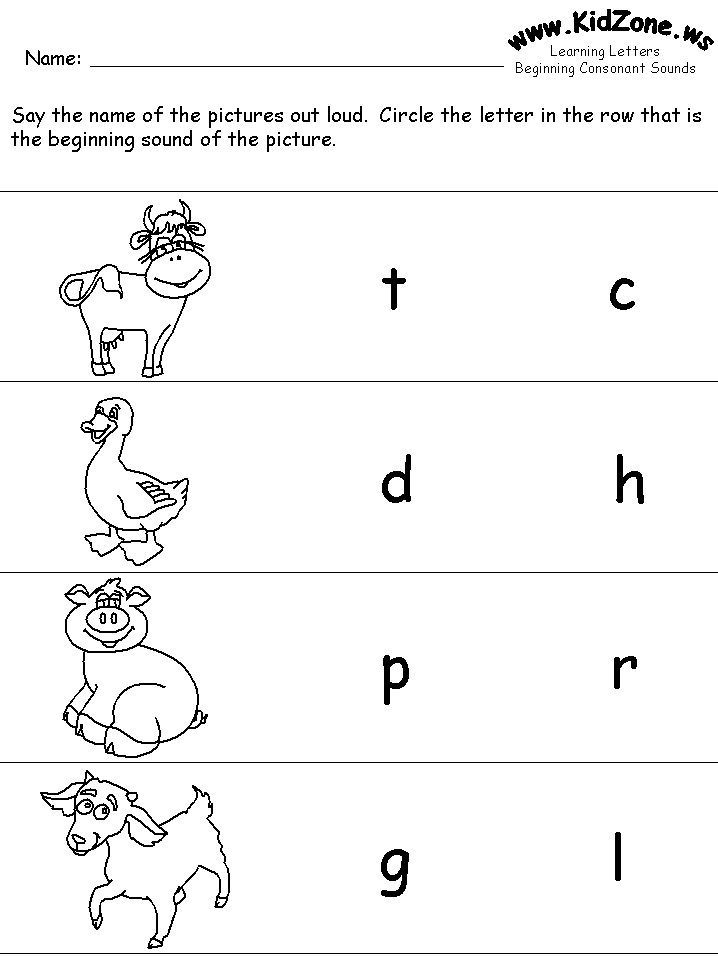
- 10 circle time lessons
- 9 math, literacy, & fine motor centers
- Book Recommendations
Preview in the Shop
Added to cart
Are you a teacher?
FREE Sound Effect ID Game!
After you subscribe, you will be redirected to the FREE Sound Effect ID Game. We respect your privacy. Unsubscribe at any time.
Filed Under: Five Senses, Science
You May Also Enjoy These Posts
Pancake and Waffle Café Dramatic Play
Pumpkin Counting Mats
Sound and picture matching game (music)
Matching Columns Game: Sound and picture matching game (music)Educaplay uses its own and third-party cookies for anonymous analytical purposes, save the preferences you select, personalize the advertising you see based on your browsing habits and for the general operation of the page.
You can accept all cookies by clicking the "Accept" button or configure or reject their use by clicking the "Set up" button.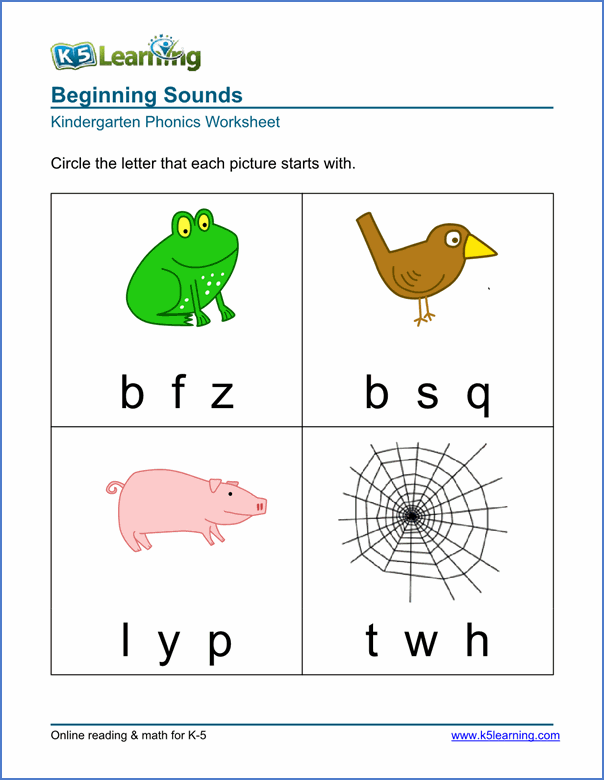
You can obtain more information and reconfigure your preferences at any time in the Cookies policy
If you are under 14 years old, ask your parent or guardian to read this message before continuing.
SCORM download
To be used in an LMS (Moodle, Blackboard...)
- SCORM 1.2
- SCORM 2004
Regular download
To be published on a website or blog.
The download of activities is an exclusive feature for Premium Academic users or higher.
Get your Premium license now and start inserting the Educaplay activities in your LMS, web or blog.
Get Premium Academic
If you wish, you can download a demo activity here and test its integration:
- Download SCORM 1.2 activity demo
- Download SCORM 2004 activity demo
- Download activity demo without SCORM
Duplicate this activity and share your own version to check the results of your players.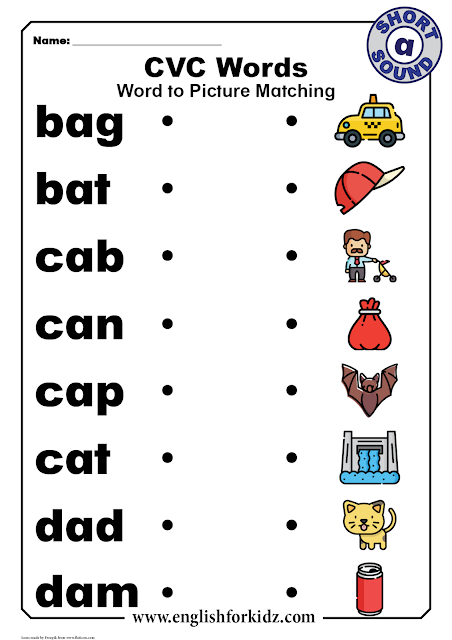
Share copied
Insert copied
You have exceeded the maximum number of activities that can be shared in Google Classroom for your account type.
If you want to continue inserting activities in Google Classroom, purchase a Premium Academic or higher account now and enjoy unlimited insertions.
Get Premium Academic
You have exceeded the maximum number of activities that can be shared in Microsoft Teams for your account type.
If you want to continue inserting activities in Microsoft Teams, purchase a Premium Academic or higher account now and enjoy unlimited insertions.
Get Premium Academic
-
1
00:45
time
100
score
-
2
00:45
time
100
score
-
3
00:52
time
100
score
-
4
01:00
time
100
score
-
5
01:11
time
100
score
-
6
01:33
time
100
score
-
7
00:46
time
50
score
-
8
02:28
time
50
score
-
9
00:09
time
-
10
00:33
time
Do you want to stay in the Top 10 of this activity? Log in to identify yourself.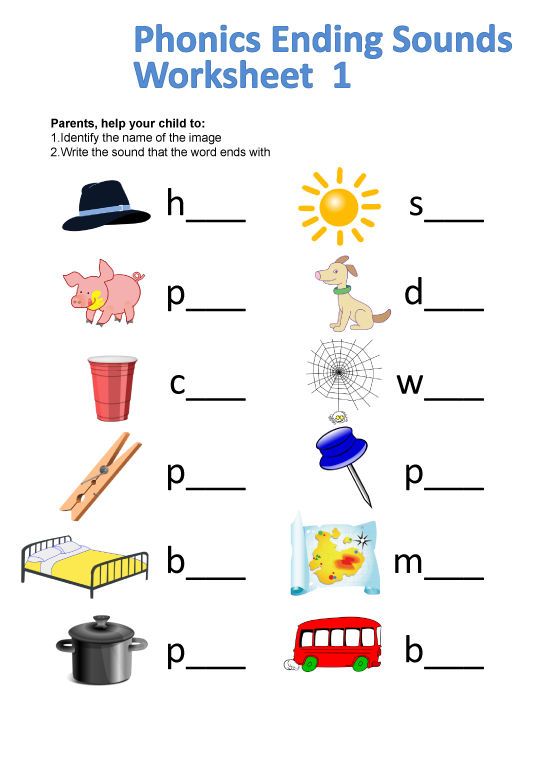
Compete against your friends to see who gets the best score in this activity
Create challenge
Word games • Arzamas
You have Javascript disabled. Please change your browser settings.
Children's room ArzamasMaterialsMaterials
Arzamas for classes with schoolchildren! A selection of materials for teachers and parents
Everything you can do in an online lesson or just for fun
Cartoons are festival winners. Part 2
Tales, parables, experiments and absurdity
Guide to Yasnaya Polyana
Leo Tolstoy's favorite bench, greenhouse, stable and other places of the museum-estate of the writer worth seeing with children Migrants: how to fight for their rights with the help of music
Hip-hop, carnival, talking drums and other non-obvious ways
Old records: fairy tales of the peoples of the world
We listen and analyze Japanese, Italian, Scandinavian and Russian fairy tales
Video: ISS commander asks a scientist about space
Lecture at an altitude of 400 kilometers
How to make a movie
Horror film, comedy and melodrama at home
The most unusual animation techniques from sunflowers, cartoons and VR spices
Play the world's percussion instruments
Learn how the gong, marimba and drum work and build your own orchestra
How to put on a show
Shadow theatre, reading and other home theater options for children
Soviet puzzles
Solve children's puzzles of the 1920s-70s
22 cartoons for the little ones
What to watch if you don't have six
From "Wild Dog Dingo" to 904 "Timur and his team" 9003 What do you need 9003 to know about the main Soviet books for children and teenagers
A guide to children's poetry of the 20th century
From Agnia Barto to Mikhail Yasnov: children's poems in Russian
10 books by artists
Pages made of tracing paper - Milanese fog, and binding between reality and fantasy
How to choose a modern children's book
"Like Pippi, only about love": explaining new books through old ones
Word games
"Hat", "telegrams", "MPS" and other old and new games
Games from classic books
What the heroes of the works of Nabokov, Lindgren and Milne play
Plasticine animation: the Russian school
From Plasticine Crow to Plasticine Sausage
Cartoons - winners of festivals
Brave Mom, My Strange Grandpa, A Very Lonely Rooster and others
Non-fiction for children
How a whale’s heart beats, what’s inside a rocket and who plays the didgeridoo — 60 books about the world around
Guide to foreign popular music
200 artists, 20 genres and 1000 songs that will help you understand the music of the 1950s-2000s
Cartoons based on poems
Poems by Chukovsky, Kharms, Gippius and Yasnov in Russian animation
Home games
Shadow theater, crafts and paper dolls from children's books and magazines of the 19th–20th centuries
Books for the smallest
Modern literature from 0 to 5: read, look at, study
Puppet animation: Russian school 9004
Crow in Love, Devil No.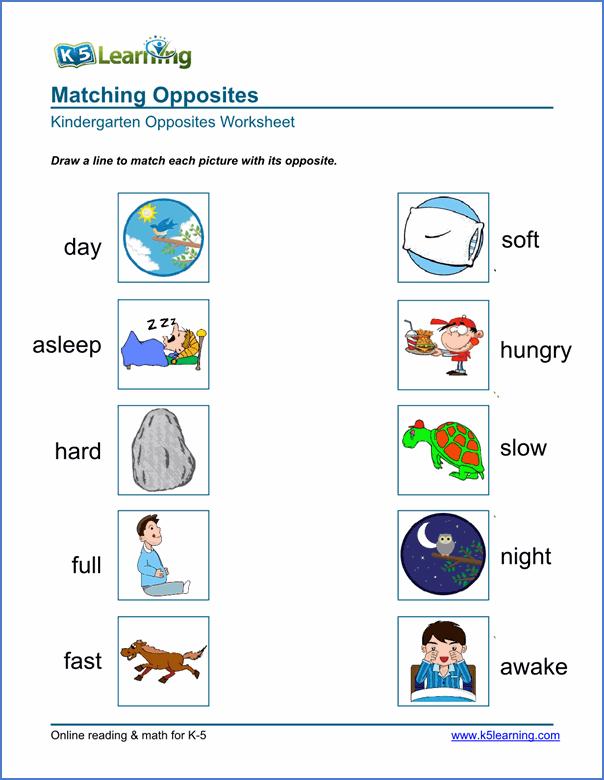 13, Lyolya and Minka and other old and new cartoons
13, Lyolya and Minka and other old and new cartoons
Smart coloring books
Museums and libraries offer to paint their collections
Reprints and reprints of children's books
Favorite fairy tales, stories and magazines of the last century, which you can buy again
What you can hear in classical music
Steps on ice, the voice of the cuckoo and the sounds of the night forest in the great compositions of the 18th-20th centuries
Soviet educational cartoons
Archimedes , dinosaurs, Antarctica and space — popular science cartoons in the USSR
Logic puzzles
Solve the argument of the wise men, make a bird out of a shirt and count the kittens correctly
Contemporary children's stories
The best short stories about grandmothers, cats, spies and knights
How Russian lullabies work
We explain why a spinning top is scary and why you shouldn't lie down on the edge. Bonus: 5 lullabies by Naadya
Musical fairy tales
How Tchaikovsky, Rimsky-Korsakov and Prokofiev work with the plots of children's fairy tales
Armenian School of Animation
The most rebellious cartoons of the Soviet Union
The Dina Goder Cartoon Collection
The Program Director of the Big Cartoon Festival advises what to watch with your child
Cartoons about art
How to tell children about Picasso, Pollock and Tatlin using animation
40 fire and who has a sieve in his nose: riddles from "Chizh", "Hedgehog" and books by Marshak and Chukovsky
Yard games
"Traffic light", "Shtander", "Kolechko" and other games for a large company
Poems that are interesting to learn by heart
What to choose if you were asked to learn a poem about mother, New Year or autumn
Old audio performances for children
Ole Lukoye, Gray Sheika, Cinderella and other interesting Soviet Recordings
Cartoons with classical music
How animation works with the music of Tchaikovsky, Verdi and Glass
How children’s rhymes work
“Ene, bene, slave, kvanter, manter, toad”: what does it all mean
"Hat", "telegrams", "MPS" and other games that require almost nothing but company and a desire to have a good time
Author Lev Gankin
Primer “A.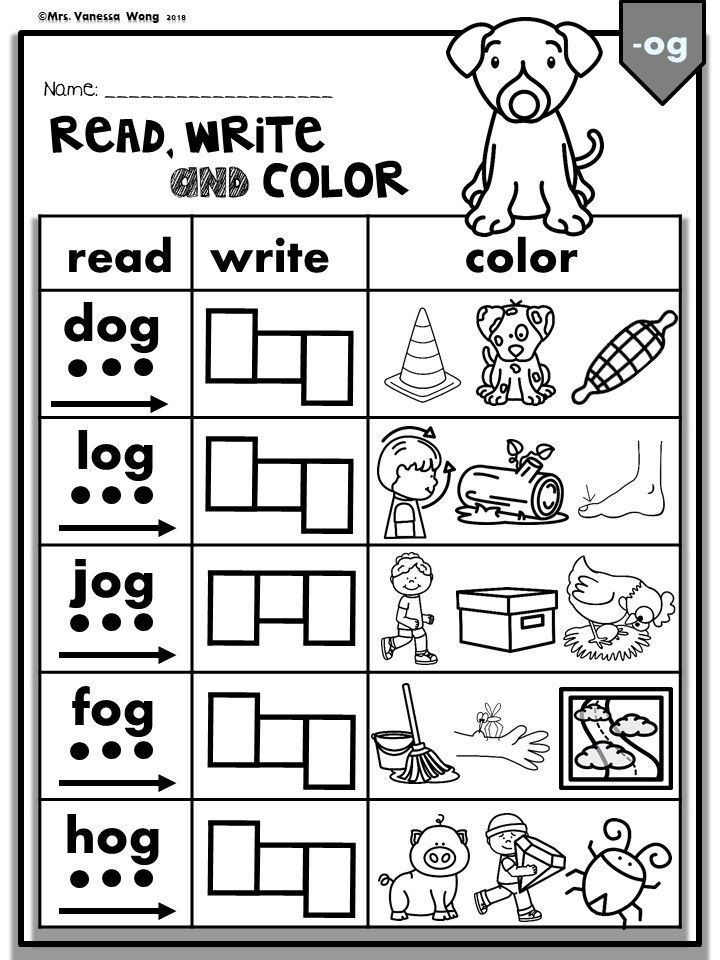 B. C. Trim, alphabet enchanté. Illustrations by Bertal. France, 1861 Wikimedia Commons
B. C. Trim, alphabet enchanté. Illustrations by Bertal. France, 1861 Wikimedia Commons Oral games
Associations
Game for a big company. The host briefly leaves the room, during which time the rest decide which of those present they will guess (this may be the host himself). Upon returning, the player asks the others questions - what flower do you associate this person with, what vehicle, what part of the body, what kitchen utensils, etc. - in order to understand who is hidden. Questions can be very different - this is not limited by anything other than the imagination of the players. Since associations are an individual matter and an exact match may not happen here, it is customary to give the guesser two or three attempts. If the company is small, you can expand the circle of mutual acquaintances who are not present at that moment in the room, although the classic version of "associations" is still a hermetic game.
Game of P
A game for a company of four people, an interesting variation on the "hat" theme (see below), but does not require any special accessories.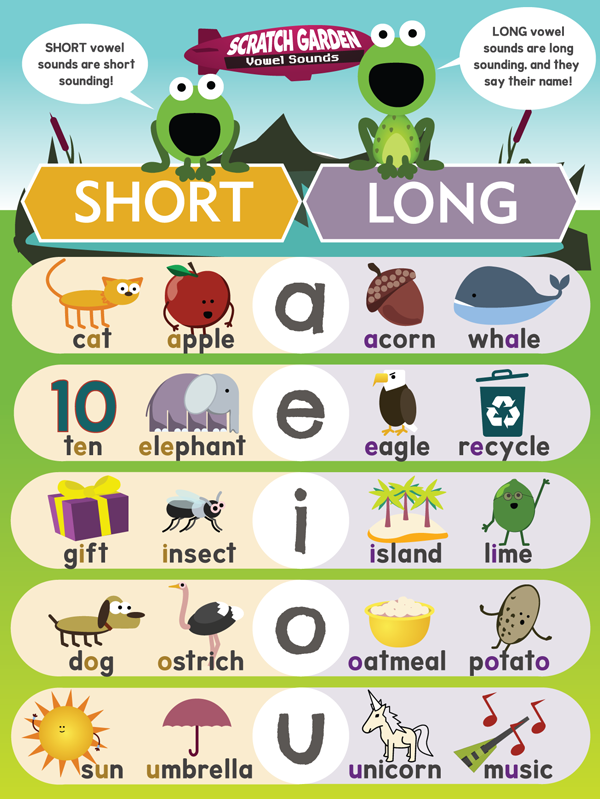 One player guesses a word to another, which he must explain to the others, but he can only use words starting with the letter "p" (any, except for the same root). That is, the word "house" will have to be explained, for example, as follows: "I built - I live." If you couldn’t guess right away, you can throw up additional associations: “building, premises, space, the simplest concept ...” And at the end add, for example, “Perignon” - by association with Dom Perignon champagne. If the guessers are close to winning, then the facilitator will need comments like “about”, “approximately”, “almost right” - or, in the opposite situation: “bad, wait!”. Usually, after the word is guessed, the explainer comes up with a new word and whispers it into the ear of the guesser - he becomes the next leader.
One player guesses a word to another, which he must explain to the others, but he can only use words starting with the letter "p" (any, except for the same root). That is, the word "house" will have to be explained, for example, as follows: "I built - I live." If you couldn’t guess right away, you can throw up additional associations: “building, premises, space, the simplest concept ...” And at the end add, for example, “Perignon” - by association with Dom Perignon champagne. If the guessers are close to winning, then the facilitator will need comments like “about”, “approximately”, “almost right” - or, in the opposite situation: “bad, wait!”. Usually, after the word is guessed, the explainer comes up with a new word and whispers it into the ear of the guesser - he becomes the next leader.
Lectures for children on this topic:
Course of lectures for children about the languages of the world
How many languages in the world, how do they differ and how are they similar to each other
Course of lectures for children about strange and new words of the Russian language
Why do linguists study jargon, parasitic words and speech errors
Primer "A. B. C. Trim, alphabet enchanté. Illustrations by Bertal. France, 1861 Wikimedia Commons
B. C. Trim, alphabet enchanté. Illustrations by Bertal. France, 1861 Wikimedia Commons Say the Same Thing
An upbeat and fast-paced game for two, named after a video clip by the inventive rock band OK Go, from which many people learned about it (the musicians even developed a mobile application that helps to play it from a distance, although it is currently unavailable). The meaning of the game is that on the count of one-two-three each of the players pronounces a randomly chosen word. Further, the goal of the players is, with the help of successive associations, to come to a common denominator: for the next time, two or three, both pronounce a word that is somehow connected with the previous two, and so on until the desired coincidence occurs. Suppose the first player said the word "house" and the second player said the word "sausage"; in theory, they can coincide very soon, if on the second move after one-two-three both say "store". But if one says “shop”, and the other says “refrigerator” (why not a sausage house?), then the game can drag on, especially since it’s impossible to repeat - neither the store nor the refrigerator will fit, and you will have to think, say, before "refrigerator" or "IKEI".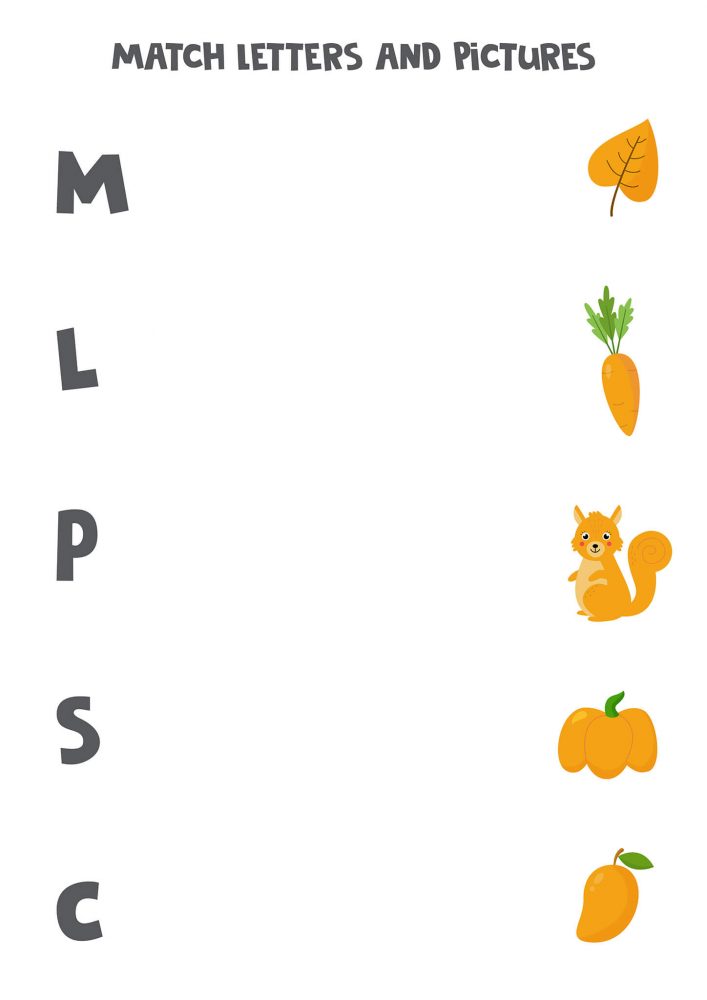 If the original words are far from each other (for example, "curb" and "weightlessness"), then the gameplay becomes completely unpredictable.
If the original words are far from each other (for example, "curb" and "weightlessness"), then the gameplay becomes completely unpredictable.
Characters
A game for the company (the ideal number of players is from four to ten), which requires from the participants not only good imagination, but also, preferably, a little bit of acting skills. As usual, one of the players briefly leaves the room, and while he is gone, the rest come up with a word, the number of letters in which matches the number of participants remaining in the room. Next, the letters are distributed among the players, and a character is invented for each of them (therefore, words that contain "b", "s" or "b" do not fit). Until the word is guessed, the players behave in accordance with the chosen character - the leader's task is to understand exactly what characters his partners portray and restore the hidden word. Imagine, for example, that a company consists of seven people. One leaves, the rest come up with a six-letter word "old man" and distribute roles among themselves: the first, say, will be with indoor, the second - t erpel, the third - a secondary, the fourth - p asylum, the fifth - and mane and sixth - to ovary. The returning player is greeted by a cacophony of voices - the company "lives" their roles until they are unraveled, and the host asks the players questions that help reveal their image. The only condition is that as soon as the presenter pronounces the correct character - for example, guesses the insidious one - he must admit that his incognito has been revealed and announce the number of his letter (in the word "old man" - the sixth).
The returning player is greeted by a cacophony of voices - the company "lives" their roles until they are unraveled, and the host asks the players questions that help reveal their image. The only condition is that as soon as the presenter pronounces the correct character - for example, guesses the insidious one - he must admit that his incognito has been revealed and announce the number of his letter (in the word "old man" - the sixth).
Recognize the song
A game for a company of four to five people. The host leaves, and the remaining players choose a well-known song and distribute its words among themselves - each word. For example, the song “Let there always be sun” is guessed: one player gets the word “let”, the second - “always”, the third - “will be”, the fourth - “sun”. The host returns and begins to ask questions - the most varied and unexpected: "What is your favorite city?", "Where does the Volga flow?", "What to do and who is to blame?".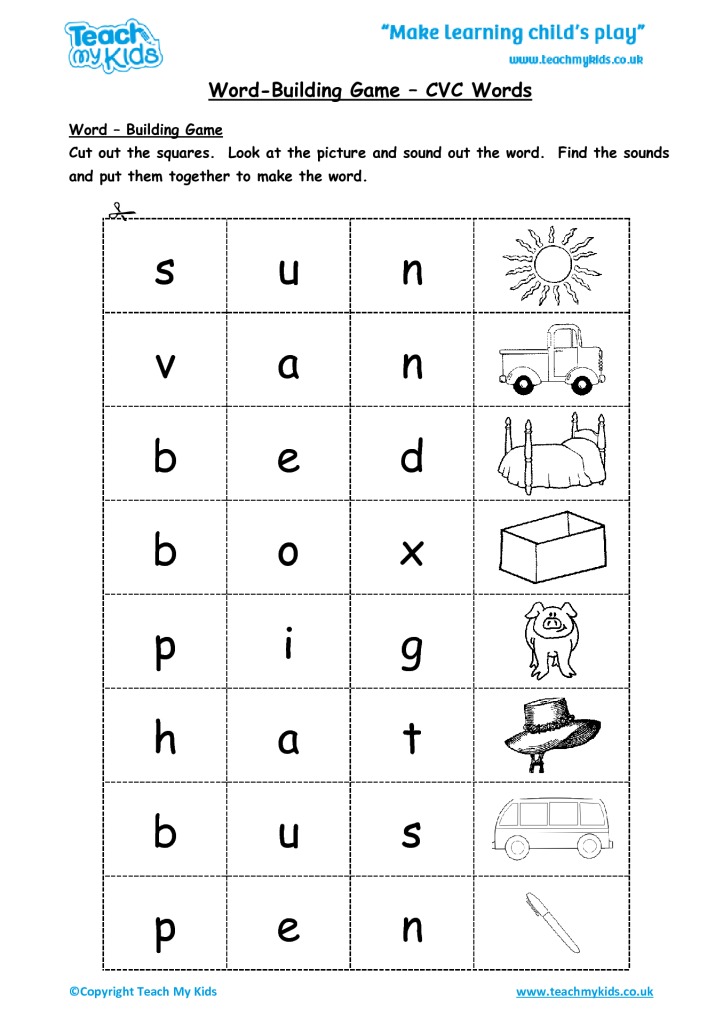 The task of the respondents is to use their own word in the answer and try to do it in such a way that it does not stand out too much; you need to answer quickly and not very extensively, but not necessarily truthfully. Answers to questions in this case can be, for example, “It’s hard for me to choose one city, but let today it will be Rio de Janeiro" or "Volga - into the Caspian, but this does not happen always , every third year it flows into the Black". The presenter must catch which word is superfluous in the answer and guess the song. They often play with lines from poetry rather than from songs.
The task of the respondents is to use their own word in the answer and try to do it in such a way that it does not stand out too much; you need to answer quickly and not very extensively, but not necessarily truthfully. Answers to questions in this case can be, for example, “It’s hard for me to choose one city, but let today it will be Rio de Janeiro" or "Volga - into the Caspian, but this does not happen always , every third year it flows into the Black". The presenter must catch which word is superfluous in the answer and guess the song. They often play with lines from poetry rather than from songs.
Tip
A game for four people divided into pairs (in principle, there can be three or four pairs). The mechanics is extremely simple: the first player from the first pair whispers a word (a common noun in the singular) into the ear of the first player from the second pair, then they must take turns calling their associations with this word (in the same form - common nouns; cognate words cannot be used ).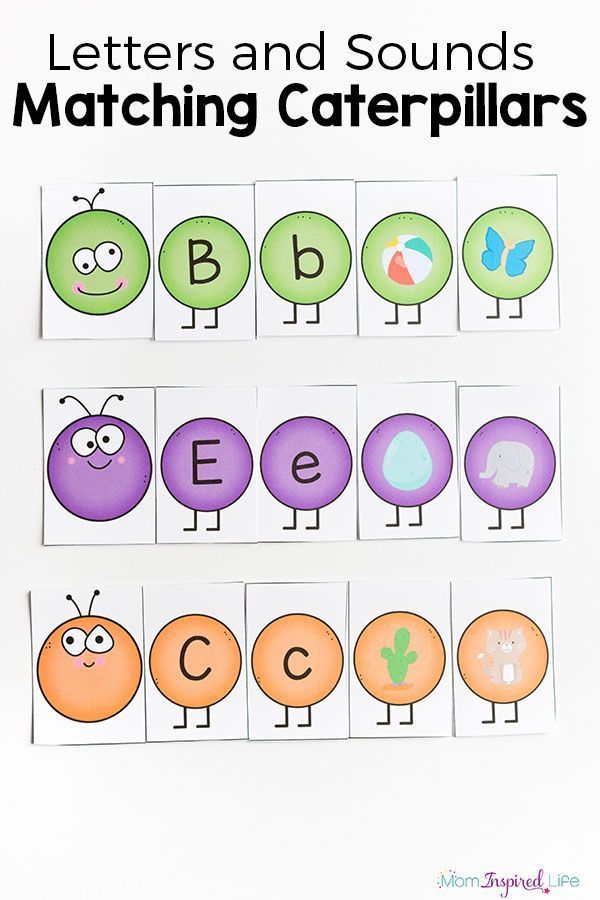 After each association, the teammate of the player who voiced it calls out his word, trying to guess if it was originally guessed - and so on, until the problem is solved by someone; at the same time, all associations already sounded in the game can be used in the future, adding one new one at each move. For example, suppose there are players A and B on one team, and C and D on the other. Player A whispers the word "old man" into player C's ear. Player C says aloud to his partner D: "age". If D immediately answers "old man", then the pair of C and D scores a point, but if he says, for example, "youth", then the move goes to player A, who, using the word "age" suggested by C (but discarding the irrelevant to the case "youth" from D), says to his partner B: "age, man." Now B will probably guess the old man - and his team with A will already earn a point. But if he says "teenager" (thinking that it is about the age when boys turn into men), then C, to whom the move suddenly returned, will say " age, man, eightieth birthday”, and here, probably, “old man” will be guessed.
After each association, the teammate of the player who voiced it calls out his word, trying to guess if it was originally guessed - and so on, until the problem is solved by someone; at the same time, all associations already sounded in the game can be used in the future, adding one new one at each move. For example, suppose there are players A and B on one team, and C and D on the other. Player A whispers the word "old man" into player C's ear. Player C says aloud to his partner D: "age". If D immediately answers "old man", then the pair of C and D scores a point, but if he says, for example, "youth", then the move goes to player A, who, using the word "age" suggested by C (but discarding the irrelevant to the case "youth" from D), says to his partner B: "age, man." Now B will probably guess the old man - and his team with A will already earn a point. But if he says "teenager" (thinking that it is about the age when boys turn into men), then C, to whom the move suddenly returned, will say " age, man, eightieth birthday”, and here, probably, “old man” will be guessed.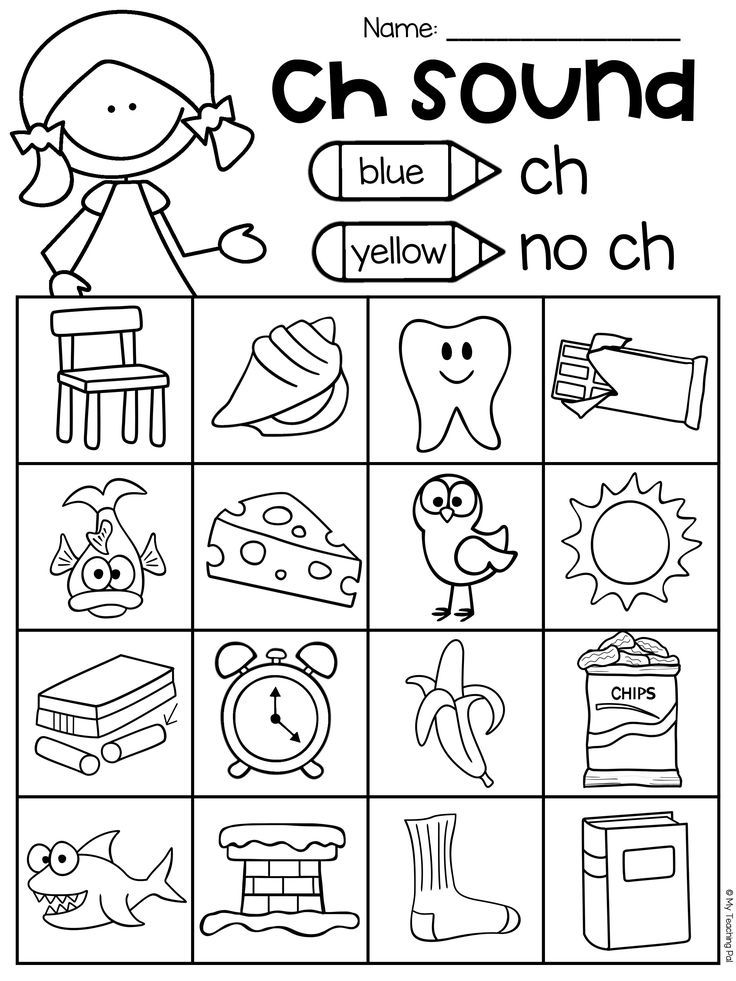 In one of the variants of the game, it is also allowed to "shout": this means that, having suddenly guessed what was meant, the player can shout out the option not on his turn. If he guessed right, his team will get a point, but if he rushed to conclusions, the team will lose a point. They usually play up to five points.
In one of the variants of the game, it is also allowed to "shout": this means that, having suddenly guessed what was meant, the player can shout out the option not on his turn. If he guessed right, his team will get a point, but if he rushed to conclusions, the team will lose a point. They usually play up to five points.
IPU
Game for a big company. Here we are forced to warn readers that, having seen this text in full, you will never be able to drive again - the game is one-time.
Spoiler →
First, the player who gets to drive leaves the room. When he returns, he must find out what MPS means - all that is known in advance is that the bearer of this mysterious abbreviation is present in the room right now. To find out the correct answer, the driver can ask other players questions, the answers to which should be formulated as “yes” or “no”: “Does he have blond hair?”, “Does he have blue eyes?”, “Is this a man?”, “He in jeans?", "Does he have a beard?"; moreover, each question is asked to a specific player, and not to all at once.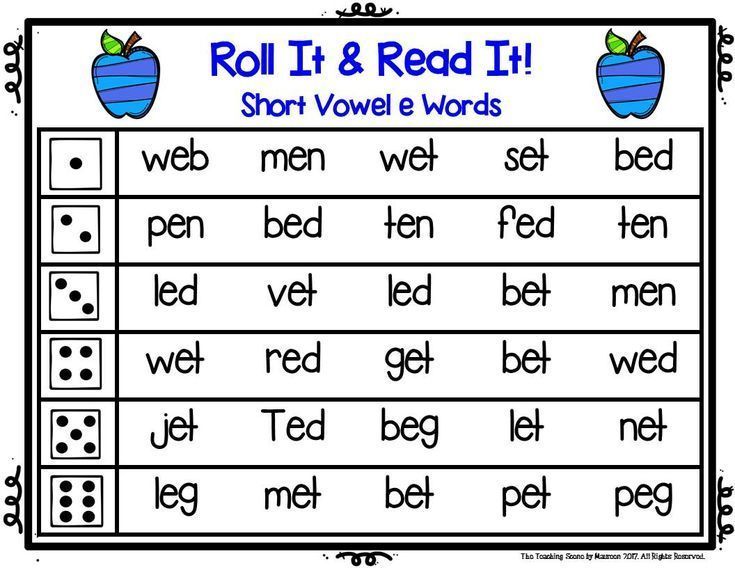 Most likely, it will quickly become clear that there is simply no person in the room who meets all the criteria; Accordingly, the question arises, according to what principle the players give answers. "Opening" this principle will help answer the main question - what is MPS. The Ministry of Railways is not the Ministry of Communications at all, but m oh p equal s seated (that is, each player always describes the person sitting to his right). Another option is COP, to then about answered n last (that is, everyone talks about who answered the previous question).
Most likely, it will quickly become clear that there is simply no person in the room who meets all the criteria; Accordingly, the question arises, according to what principle the players give answers. "Opening" this principle will help answer the main question - what is MPS. The Ministry of Railways is not the Ministry of Communications at all, but m oh p equal s seated (that is, each player always describes the person sitting to his right). Another option is COP, to then about answered n last (that is, everyone talks about who answered the previous question).
Contact
A simple game that can be played with a group of three or more people. One thinks of a word (noun, common noun, singular) and calls its first letter aloud, the task of the others is to guess the word, remembering other words with this letter, asking questions about them and checking if the presenter guessed.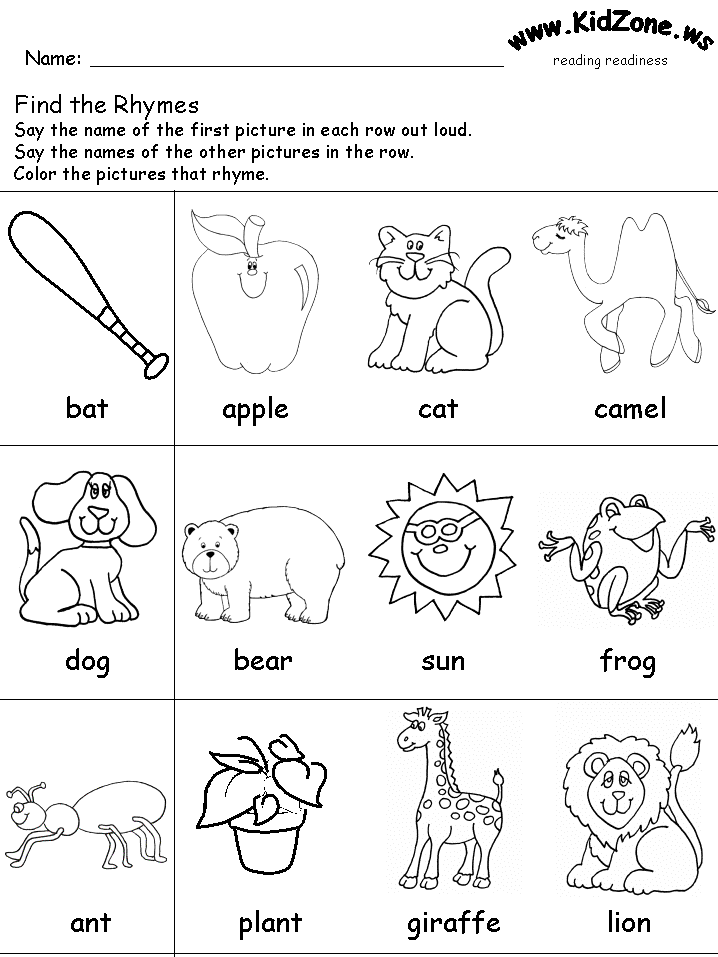 The facilitator's task is not to reveal the next letters in the word to the players for as long as possible. For example, a word with the letter "d" is guessed. One of the players asks the question: “Is this by chance not the place where we live?” This is where the fun begins: the host must figure out as quickly as possible what the player means and say “No, this is not“ house ”” (well, or, if it was a“ house ”, honestly admit it). But in parallel, other players also think the same thing, and if they understand what “house” means before the leader, then they say: “contact” or “there is contact”, and start counting up to ten in chorus (while the count is going on, the presenter still has a chance to escape and guess what it is about!), and then they call the word. If at least two matched, that is, at the expense of ten they said “house” in chorus, the presenter must reveal the next letter, and the new guesser version will already begin with the now known letters “d” + the next one. If it was not possible to beat the host on this question, then the guessers offer a new option.
The facilitator's task is not to reveal the next letters in the word to the players for as long as possible. For example, a word with the letter "d" is guessed. One of the players asks the question: “Is this by chance not the place where we live?” This is where the fun begins: the host must figure out as quickly as possible what the player means and say “No, this is not“ house ”” (well, or, if it was a“ house ”, honestly admit it). But in parallel, other players also think the same thing, and if they understand what “house” means before the leader, then they say: “contact” or “there is contact”, and start counting up to ten in chorus (while the count is going on, the presenter still has a chance to escape and guess what it is about!), and then they call the word. If at least two matched, that is, at the expense of ten they said “house” in chorus, the presenter must reveal the next letter, and the new guesser version will already begin with the now known letters “d” + the next one. If it was not possible to beat the host on this question, then the guessers offer a new option. Of course, it makes sense to complicate the definitions, and not ask everything directly - so the question about "home" would sound better like "Is this not where the sun rises?" (with a reference to the famous song "House of the Rising Sun" by The Animals). Usually, the one who eventually gets to the searched word (names it or asks a question leading to victory) becomes the next leader.
Writing games
Encyclopedia
Not the fastest, but extremely exciting game for a company of four people - you will need pens, paper and some kind of encyclopedic dictionary (preferably not limited thematically - that is, TSB is better than a conditional "biological encyclopedia"). The host finds a word in the encyclopedia that is unknown to anyone present (here it remains to rely on their honesty - but cheating in this game is uninteresting and unproductive). The task of each of the players is to write an encyclopedic definition of this word, inventing its meaning from the head and, if possible, disguising the text as a real small encyclopedic article. The presenter, meanwhile, carefully rewrites the real definition from the encyclopedia. After that, the “articles” are shuffled and read out by the presenter in random order, including the real one, and the players vote for which option seems most convincing to them. In the end, the votes are counted and points are distributed. Any player receives a point for correctly guessing the real definition and one more point for each vote given by other participants to his own version. After that, the sheets are distributed back and a new word is played out - there should be about 6-10 of them in total. You can also play this game in teams: come up with imaginary definitions collectively. The game "poems" is arranged in a similar way - but instead of a compound word, the host selects two lines from some little-known poem in advance and invites the participants to add quatrains.
The task of each of the players is to write an encyclopedic definition of this word, inventing its meaning from the head and, if possible, disguising the text as a real small encyclopedic article. The presenter, meanwhile, carefully rewrites the real definition from the encyclopedia. After that, the “articles” are shuffled and read out by the presenter in random order, including the real one, and the players vote for which option seems most convincing to them. In the end, the votes are counted and points are distributed. Any player receives a point for correctly guessing the real definition and one more point for each vote given by other participants to his own version. After that, the sheets are distributed back and a new word is played out - there should be about 6-10 of them in total. You can also play this game in teams: come up with imaginary definitions collectively. The game "poems" is arranged in a similar way - but instead of a compound word, the host selects two lines from some little-known poem in advance and invites the participants to add quatrains.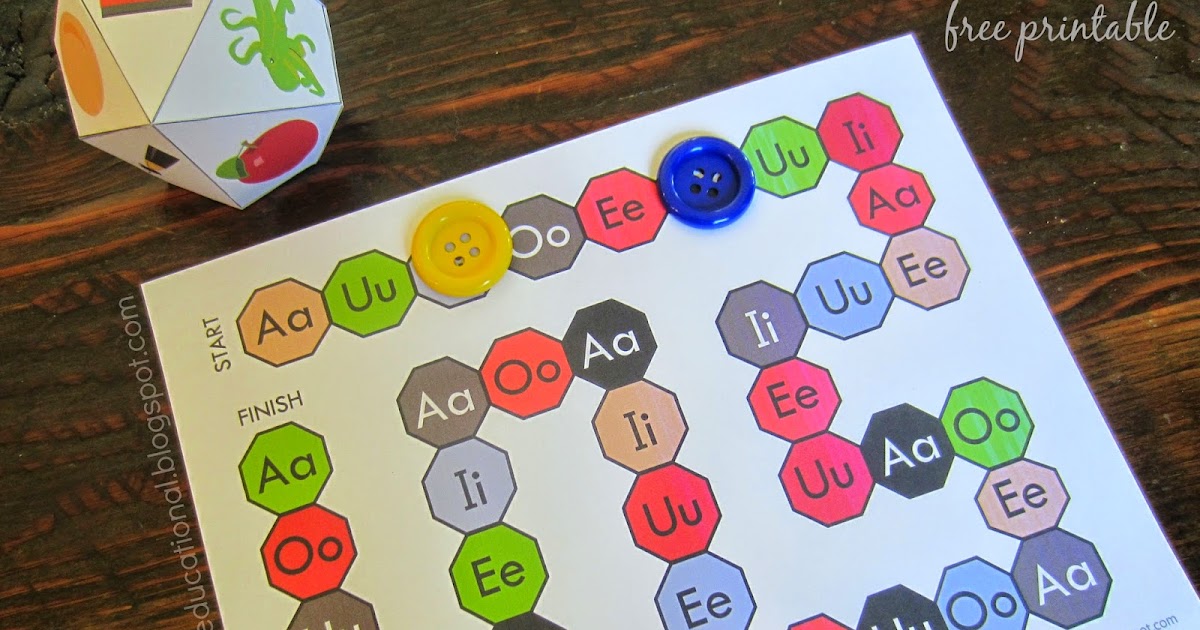
Game from Inglourious Basterds
A game for a company of any size that many knew before the Quentin Tarantino film, but it does not have a single name. Each player invents a role for his neighbor (usually it is some famous person), writes it on a piece of paper and sticks the piece of paper on his neighbor's forehead: accordingly, everyone sees what role someone has, but does not know who they are. The task of the participants is, with the help of leading questions, the answers to which are formulated as “yes” or “no” (“Am I a historical figure?”, “Am I a cultural figure?”, “Am I a famous athlete?”), to find out who exactly they are. In this form, however, the game exhausts itself rather quickly, so you can come up with completely different themes and instead of famous people play, for example, in professions (including exotic ones - "carousel", "taxidermist"), in film and literary heroes (you can mix them with real celebrities, but it’s better to agree on this in advance), food (one player will be risotto, and the other, say, green cabbage soup) and even just items.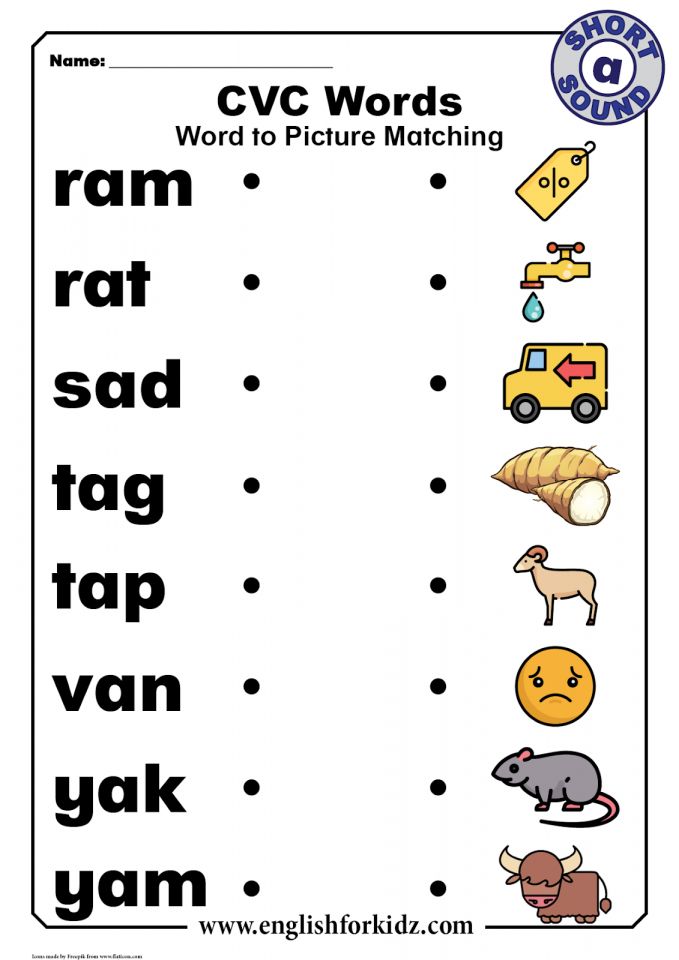
Bulls and cows
A game for two: one participant thinks of a word, and it is agreed in advance how many letters should be in it (usually 4-5). The task of the second is to guess this word by naming other four- or five-letter words; if some letters of the named word are in the hidden one, they are called cows, and if they have the same place inside the word, then these are bulls. Let's imagine that the word "eccentric" is conceived. If the guesser says “dot”, then he receives an answer from the second player: “three cows” (that is, the letters “h”, “k” and “a”, which are in both “eccentric” and “dot”, but in different places). If he then says "head of head", he will no longer get three cows, but two cows and one bull - since the letter "a" in both "eccentric" and "head" is in the fourth position. As a result, sooner or later, it is possible to guess the word, and the players can change places: now the first one will guess the word and count the bulls and cows, and the second one will name his options and track the extent to which they coincide with the one guessed.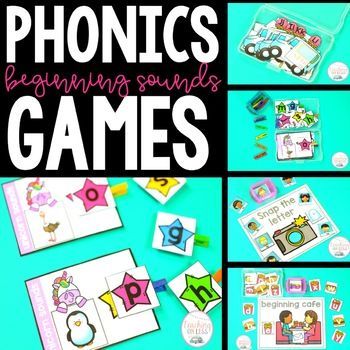 You can also complicate the process by simultaneously guessing your own word and guessing the opponent's word.
You can also complicate the process by simultaneously guessing your own word and guessing the opponent's word.
Intellect
Writing game for the company (but you can also play together), consisting of three rounds, each for five minutes. In the first, players randomly type thirteen letters (for example, blindly poking a book page with their finger) and then form words from them, and only long ones - from five letters. In the second round, you need to choose a syllable and remember as many words as possible that begin with it, you can use single-root ones (for example, if the syllable "house" is selected, then the words "house", "domra", "domain", "domain", "brownie", "housewife", etc.). Finally, in the third round, the syllable is taken again, but now you need to remember not ordinary words, but the names of famous people of the past and present in which it appears, and not necessarily at the beginning - that is, both Karamzin and McCartney will fit the syllable "kar" , and, for example, Hamilcar.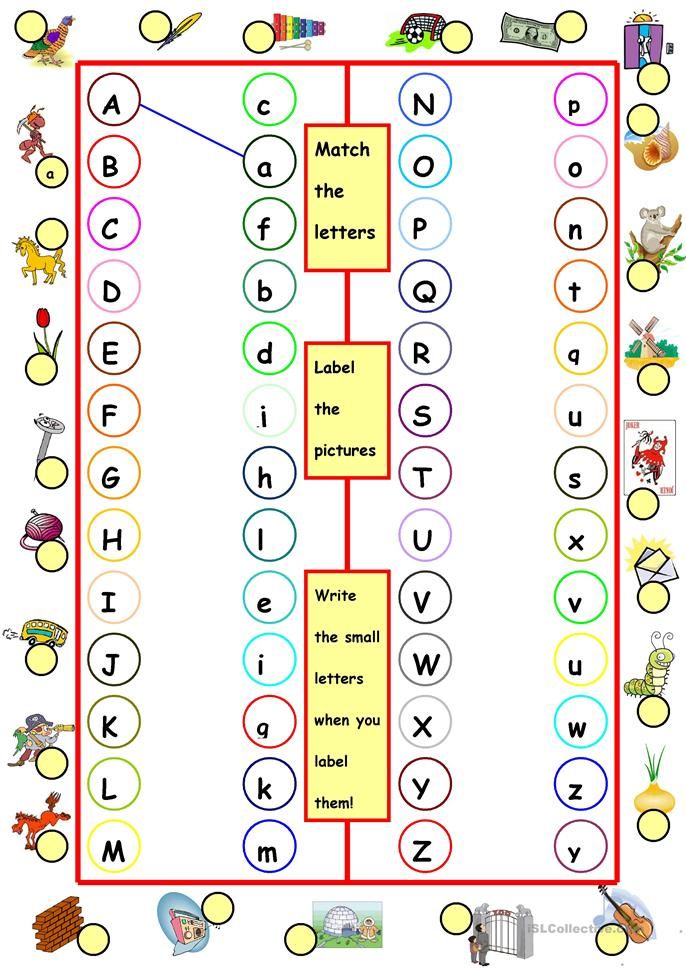 An important detail: since this round provokes the most disputes and scams, game participants can ask each other to prove that this person is really a celebrity, and here you need to remember at least the profession and country. Typical dialogue: "What, you don't know Hamilcar? But this is a Carthaginian commander!” After each round, points are counted: if a particular word is the same for all players, it is simply crossed out, in other cases, players are awarded as many points for it as the opponents could not remember it. In the first round, you can still add points for especially long words. Based on the results of the rounds, it is necessary to determine who took the first, second, third and other places, and add up these places at the end of the game. The goal is to get the smallest number at the output (for example, if you were the winners of all three rounds, then you will get the number 3 - 1 + 1 + 1, and you are the champion; less cannot be purely mathematical).
An important detail: since this round provokes the most disputes and scams, game participants can ask each other to prove that this person is really a celebrity, and here you need to remember at least the profession and country. Typical dialogue: "What, you don't know Hamilcar? But this is a Carthaginian commander!” After each round, points are counted: if a particular word is the same for all players, it is simply crossed out, in other cases, players are awarded as many points for it as the opponents could not remember it. In the first round, you can still add points for especially long words. Based on the results of the rounds, it is necessary to determine who took the first, second, third and other places, and add up these places at the end of the game. The goal is to get the smallest number at the output (for example, if you were the winners of all three rounds, then you will get the number 3 - 1 + 1 + 1, and you are the champion; less cannot be purely mathematical).
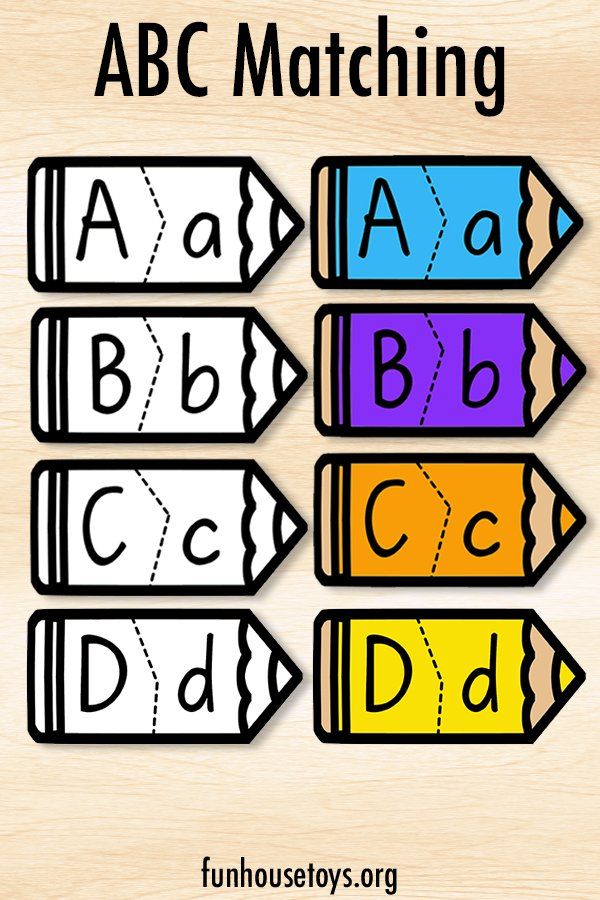 B. C. Trim, alphabet enchanté. Illustrations by Bertal. France, 1861 Wikimedia Commons
B. C. Trim, alphabet enchanté. Illustrations by Bertal. France, 1861 Wikimedia Commons Frame
A game for any number of people, which was invented by one of the creators of the Kaissa chess program and the author of the anagram search program Alexander Bitman. First, the players choose several consonants - this will be the frame, the skeleton of the word. Then the time is recorded (two or three minutes), and the players begin to “stretch” vowels (as well as “й”, “ь”, “ъ”) onto the frame to make existing words. Consonants can be used in any order, but only once, and vowels can be added in any number. For example, players choose the letters "t", "m", "n" - then the words "fog", "cloak", "mantle", "coin", "darkness", "ataman", "dumbness" and other. The winner is the one who can come up with more words (as usual, these should be common nouns in the singular). The game can be played even with one letter, for example, "l". The words “silt”, “lay”, “yula”, “aloe”, “spruce” are formed around it, and if we agree that the letter can be doubled, “alley” and “lily”.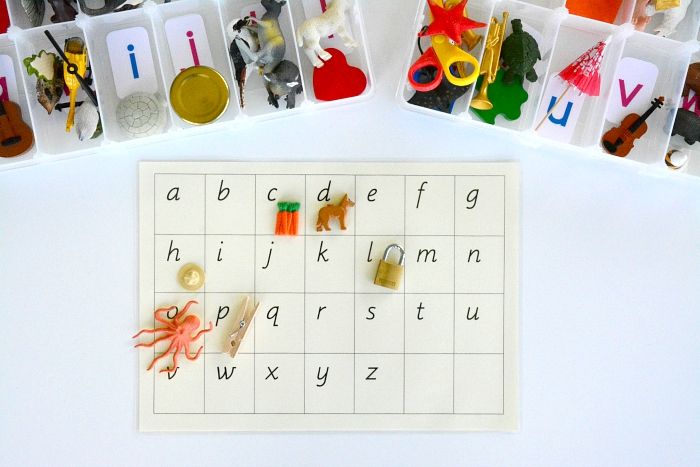 If the standard "framework" is mastered, then the task may be to compose a whole phrase with one consonant: a textbook example from the book by Evgeny Gik - "Bobby, kill the boy and beat the woman at the baobab."
If the standard "framework" is mastered, then the task may be to compose a whole phrase with one consonant: a textbook example from the book by Evgeny Gik - "Bobby, kill the boy and beat the woman at the baobab."
Chain of words
Game for any number of players. Many people know it under the name "How to make an elephant out of a fly", and it was invented by the writer and mathematician Lewis Carroll, the author of "Alice". The “chain” is based on metagram words, that is, words that differ by only one letter. The task of the players is to turn one word into another with the least number of intermediate links. For example, let's make a "goat" from a "fox": FOX - LINDE - PAW - KAPA - KARA - KORA - GOAT. It is interesting to give tasks with a plot: so that the “day” turns into “night”, the “river” becomes the “sea”. The well-known chain, where the "elephant" grows out of the "fly", is obtained in 16 moves: FLY - MURA - TURA - TARA - KARA - KARE - CAFE - KAFR - MURDER - KAYUK - HOOK - URIK - LESSON - TERM - DRAIN - STON - ELEPHANT (example of Evgeny Gik).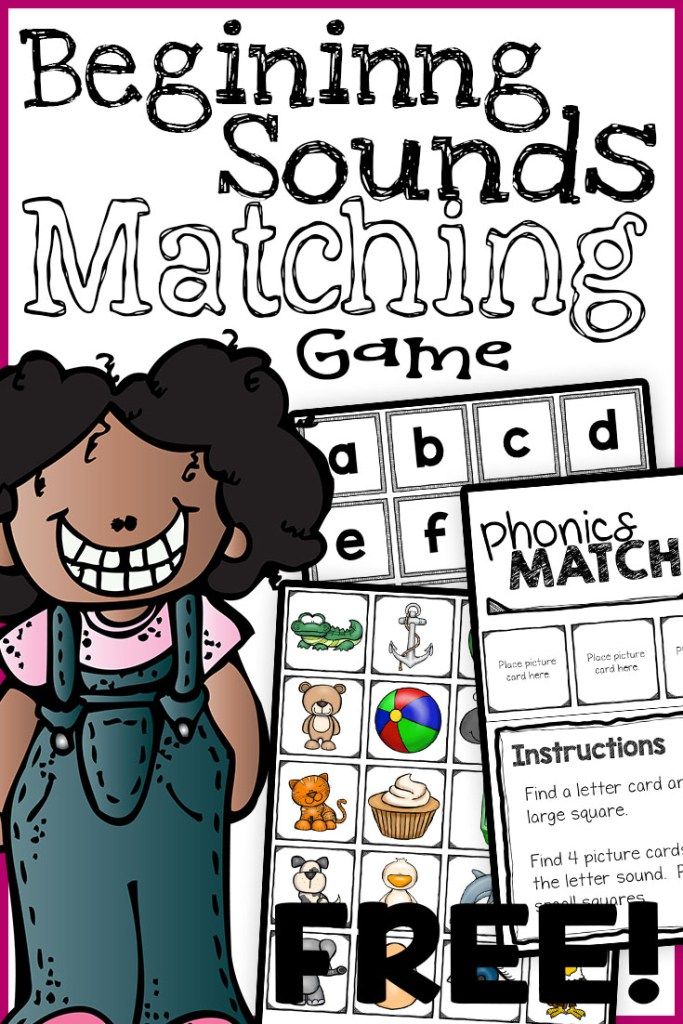 For training, you can compete in the search for metagrams for any word. For example, the word "tone" gives "sleep", "background", "current", "tom", "tan" and so on - whoever scores more options wins.
For training, you can compete in the search for metagrams for any word. For example, the word "tone" gives "sleep", "background", "current", "tom", "tan" and so on - whoever scores more options wins.
Hat
A game for a company of four people, requiring simple equipment: pens, paper and a “hat” (an ordinary plastic bag will do). Sheets of paper need to be torn into small pieces and distributed to the players, the number of pieces depends on how many people are playing: the larger the company, the less for each. Players write words on pieces of paper (one for each piece of paper) and throw them into the "hat". There are also options here - you can play just with words (noun, common noun, singular), or you can play with famous people or literary characters. Then the participants are divided into teams - two or more people each; the task of each - in 20 seconds (or 30, or a minute - the timing can be set at your own choice) to explain to your teammates the largest number of words arbitrarily pulled out of the "hat", without using the same root.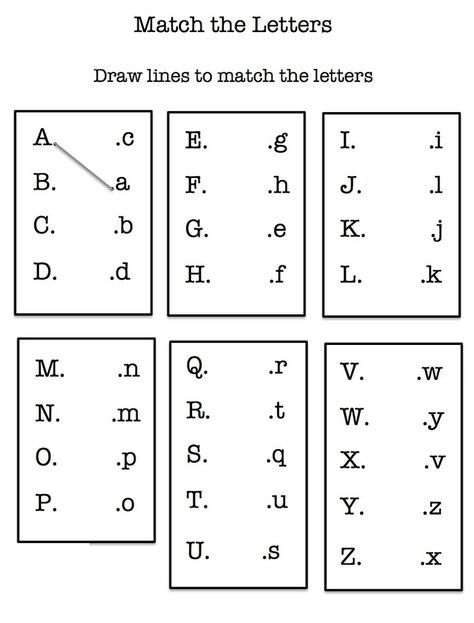 If the driver could not explain a word, it returns to the hat and will be played by the other team. At the end of the game, the words guessed by different representatives of the same team are summed up, their number is counted, and the team that has more pieces of paper is awarded the victory. A popular version of the game: everything is the same, but in the first round the players explain the words (or describe the characters) orally, in the second round they show in pantomime, in the third round they explain the same words in one word. And recently a board game has appeared, where you need not only to explain and show, but also to draw.
If the driver could not explain a word, it returns to the hat and will be played by the other team. At the end of the game, the words guessed by different representatives of the same team are summed up, their number is counted, and the team that has more pieces of paper is awarded the victory. A popular version of the game: everything is the same, but in the first round the players explain the words (or describe the characters) orally, in the second round they show in pantomime, in the third round they explain the same words in one word. And recently a board game has appeared, where you need not only to explain and show, but also to draw.
Telegrams
Game for any number of players. The players choose a word, for each letter of which they will need to come up with a part of the telegram - the first letter will be the beginning of the first word, the second - the second, and so on. For example, the word "fork" is selected. Then the following message can become a telegram: “The camel is healed.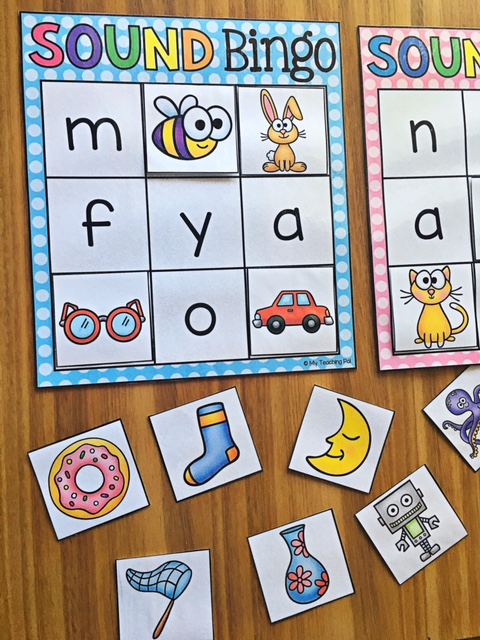 I'm flying a crocodile. Aibolit". Another round of the game is the addition of genres. Each player gets the task to write not one, but several telegrams from the same word - business, congratulatory, romantic (the types of messages are agreed in advance). Telegrams are read aloud, the next word is chosen.
I'm flying a crocodile. Aibolit". Another round of the game is the addition of genres. Each player gets the task to write not one, but several telegrams from the same word - business, congratulatory, romantic (the types of messages are agreed in advance). Telegrams are read aloud, the next word is chosen.
even more different games for one or a company
Home games
Shadow theater, crafts and paper dolls from children's books and magazines of the XIX-XX centuries Ring and other games
Games from classic books
What do the heroes of the works of Nabokov, Lindgren and Milne play
A children's course on where games, jokes, horror stories and memes come from and why we need them
Children's room
Special project
Children's room Arzamas
Sources
- Balandin B.
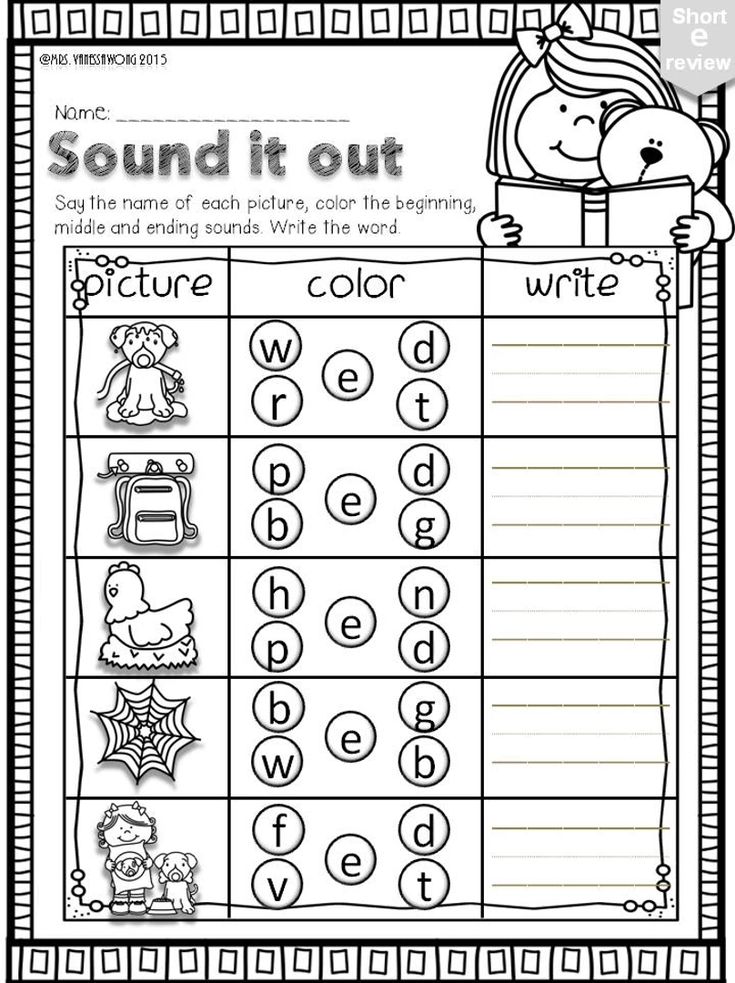 B. Big book of intellectual games and entertaining questions for smart people and smart girls.
B. Big book of intellectual games and entertaining questions for smart people and smart girls. M., 2008.
- Bocharova A. G., Goreva T. M., Okun V. Ya. 500 wonderful children's games.
M., 1999.
- Geek E. Ya. Entertaining mathematical games.
M., 1987.
- Fedin S. N. The best games with words.
M., 2001.
- Firsova L. M. Games and entertainment. Book 1.
M., 1989.
Tags
Children
Game
Entertainment
Portrait of an artist of the USSR era
The last heroes of the course are Viktor Popkov, Adelaida Pologova and Mikhail Greku. And two materials - about what was the path of the official artist and where he could gain creative strength
© Arzamas 2022. All rights reserved
What can I do to avoid losing my subscription after Visa and Mastercard leave Russia? Instructions here
How to create good sound in games - Gamedev on DTF
Hello, my name is Alexander Khilko.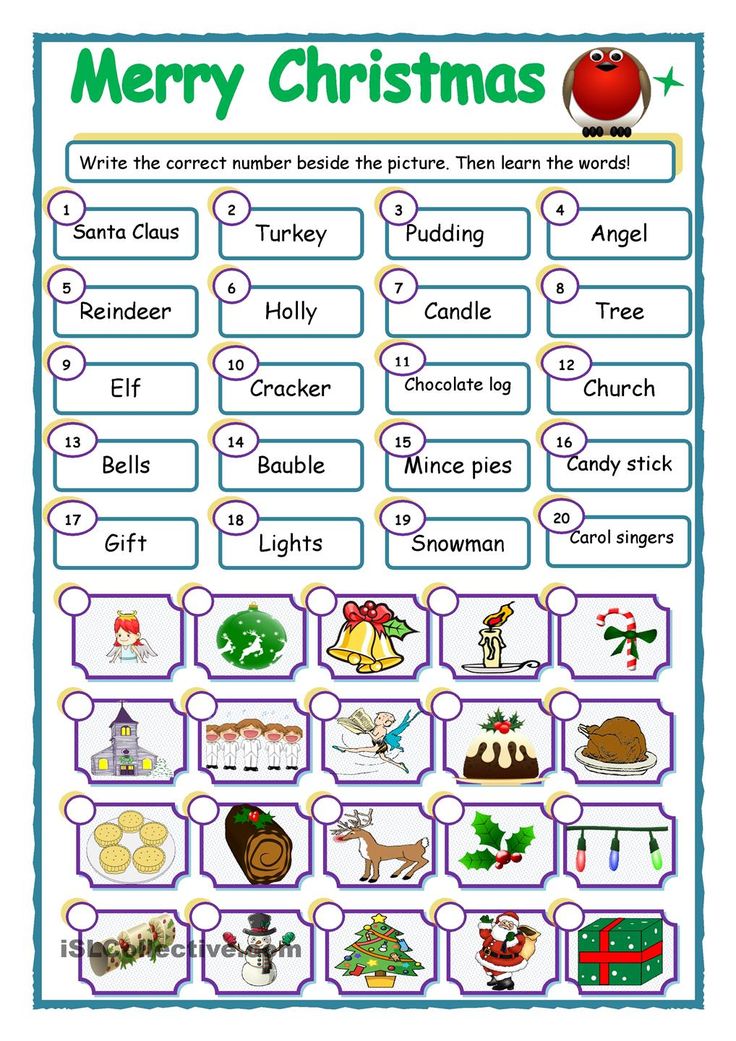 I am a leading audio designer at Wargaming, I work on the World of Tanks project, and I am also the founder and teacher of the XSSR Academy sound school, whose graduates work in the largest game studios in the CIS.
I am a leading audio designer at Wargaming, I work on the World of Tanks project, and I am also the founder and teacher of the XSSR Academy sound school, whose graduates work in the largest game studios in the CIS.
2056 views
In this video, I will talk about how good game sound is created, the sound development pipeline, and together we will figure out what is good game sound and bad.
I reached out to Japanese musician and composer Hirokazu Tanaka, known for his work on Nintendo video games, including Donkey Kong, Pac-Man Fever, Duck Hunt and more.
He said
The sound in the games is needed because the games are modeled after real life. It's just an imitation of life, so you need these confirmation signals to immerse yourself in the game, you need sound.
Hirokazu Tanaka, Nintendo Sound Designer - Donkey Kong, Pac-Man Fever, Duck Hunt
What is good sound and what is bad sound in games?
Does your game need sound - it's like asking you if you need a language to communicate, because we chat most of the time anyway.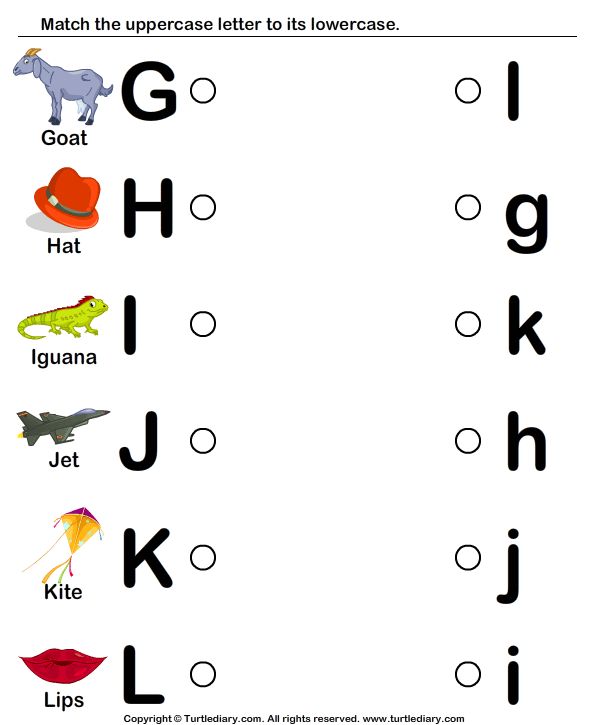
Before we figure out how to create sound design for games, let's answer two important questions with you. What is good or proper sound in games? and what is bad sound in games?
I asked these two questions to my friends and colleagues in the industry and this is what they say:
Good sound tells a story that can be felt. It helps the listener to feel emotions that cannot be conveyed in the game in other ways. It helps to revive the game world, to make the world real.
“Good sound tells a story that the player can feel. It helps them to feel the emotions that the game cannot otherwise express without sound. It helps to make the world feel alive, to feel real, to have a strong sense of presence and mood. It also communicates gameplay feedback and enhances the game's design. Good sound is well balanced, and is highly detailed, and is mixed in a way where nothing but the most important elements steal too much attention. Bad sound ignores emotion and provides poor feedback.Bad sound is the opposite of what I described above”
Justin E. Bell, Audio Director of Obsidian Entertainment who worked on Outer Worlds, Pillars of Eternity - now Sound Supervisor at Sony effective July 1, 2021
Good sound in AAA games should start with good and original recordings. Good sounds should sound good at both full and medium volumes. It all starts with quality microphones and recorders.
“I believe good sounds for AAA titles should start with fresh and original recordings. Good sounds should be great at both full and half volume. Quality microphones and recorders is where this begins. Bad sound is usually when all sounds overpower dialog, if dialog is central to a scene. Bad sound to me is also bad sounding dialog and poorly written dialog. A lot of games have terrible dialog. They think they are funny or clever but it’s more that they write too many lines.”
Watson Wu, Sound designer and record maker for Call of Duty: Modern Warfare, Transformers, Assassin's Creed, Need for Speed
Good sound in games does not fall out of the general picture of the perception of the game, does not make it clear that I am listening to a game or a fake world.
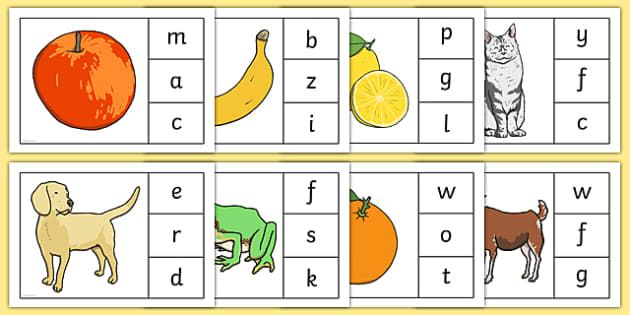
“Good sound in a game for me, is one that isn't bad. by that I mean that a good sound is the one that doesn't stand out and make me realize that I am listening to a game or a fake world.”Bjørn Jacobsen, Sound Designer for Hitman, Eve Online, Cyberpunk 2077
A good sound is a sound that correctly matches the visual part of the game, the context of the story, and at the same time delivers the most relevant information at a certain point in the gameplay, while maintaining the player's immersion.
“A good sound is typically one that appropriately matches the visuals of the gameplay within the context of the story to convey the proper information to the player at the proper moment while maintaining full immersion for the player. A bad sound is one that doesn't fit correctly, inappropriately takes the player out of the story, or one that becomes unintentionally fatiguing and annoying to the player. A GREAT sound is harder to describe.It is known simply when you play the game, the moment occurs and the sound aligns in all ways to fit the visuals, story, and sell the moment. It somehow "is what it needs to be" while not having too much or too little. Great sounds often require a visually big moment, but not always as even softer moments have stories that can be told with immersive sound work. Great sounds are often clear, uncluttered, and accompanied with a feeling of "yes, that's exactly how that moment should sound". Creating a great and iconic sound is... much more nebulous and difficult than any of the words I just typed!
Aaron Brown, Sound Designer / Uncharted 3, Call of Duty Online, Call of Duty: Advanced Warfare
Good sound immerses reality in the gaming experience.
A bad sound game is a game where the sound layer stands out, out of touch with the game experience.
“A good sound grounds our reality in the experience. Just don't make the reality harsh.And a bad sounding game is a game where the sound layer stands out, disconnected from the experience. Inappropriate.”
Raison Varner, Audio Director at Obsidian Entertainment for Borderlands
1-3
Good sound hits you on an emotional level. The inside wouldn't have been so atmospheric, The Last of Us 2 wouldn't have affected you so much, and you wouldn't have spent so much time playing Zelda: Breath Of The Wild or Ghost of Tsushima without sound.
“I think great sound work hits you at an emotional level. Inside wouldn't be nearly as atmospheric, TLOU2's brutality and moments of fear wouldn't affect you as much, and you wouldn't want to spend nearly as many hours in the beautiful worlds of Zelda: Breath Of The Wild, or Ghost of Tsushima. The escapism of games isn't as alluring without the power of great sound.
Bad sound achieves the opposite. It can take you out of the experience, or can even put you off playing.
At worst, from a sound professionals point of view, games with bad sound will end up being muted and will not be remembered as strongly as those that created that bond.”
Jacob Coles, Lead Sound Designer at Ubisoft (Tom Clancy's The Division 2 project)
Good sound is usually the one you don't notice. Bad sound raises the question “Why?”. If the game delivers a smooth, uninterrupted audio experience, then the audio team has done a good job.
“A good sound you do not notice. A bad sound you do notice and ask "why?"
A very good sound you do notice and then make noise yourself
If a game gives a smooth and uninterrupted audible experience, the audio team has done their job. Job well done. That as a good sound. If the audio is mentioned for being good, then it is a bonus. bad sound can include various things from the mix, clarity, impact and how much it matches what you see. Our brains are incredibly good at detecting something wrong...so when there is something wrong with the audio, our brains will trip up and pull us out of the immersion.”
Ash Read, Sound Designer at Sony Creative Services worked on Returnal
And, of course, my supervisor and World of Tanks audio director Vyacheslav Skadorva
You will notice bad game sound as soon as you start the game process. Your hand will instinctively reach for the volume knob to turn it down, or you'll just want to close the game. Such a sound attracts attention with its heterogeneity, and often unbalanced frequency response. Slightly less often, bad game sound tries to hide behind the sound quality of modern sound libraries. This sound probably won't turn you off right away, but it will be completely useless in gameplay and disorientate while playing.
Unlike bad sound, you may not even notice good game sound in the game. But at the same time enjoying the gameplay and emotional response to game events.Good game sound makes the player believe in the reality of what is happening on the screen, supports and enhances the emotions of the gameplay. Such a sound should contain a share of information content that will help the player navigate the gameplay.
The detailed characteristics of good sound vary greatly depending on the type of game. And in order to create such a sound, you must understand the features of this gameplay and its lore very well. And then, as an "artist", you immerse yourself in the process and create a masterpiece.
Vyacheslav Skadorva
, Audio director / Wargaming (World of Tanks)
Each of my acquaintances takes a different position, someone is a supervisor, someone records the sound, someone designs it, but everyone talks about the same things: immersion, synergy with the visual, information.
Based on the quotes I've given from industry professionals, in your game you want to have a sound that will immerse the player, give him accurate and relevant information that you won't want to turn off, that will immerse the player in the world of your game and make you believe what is happening on the screen.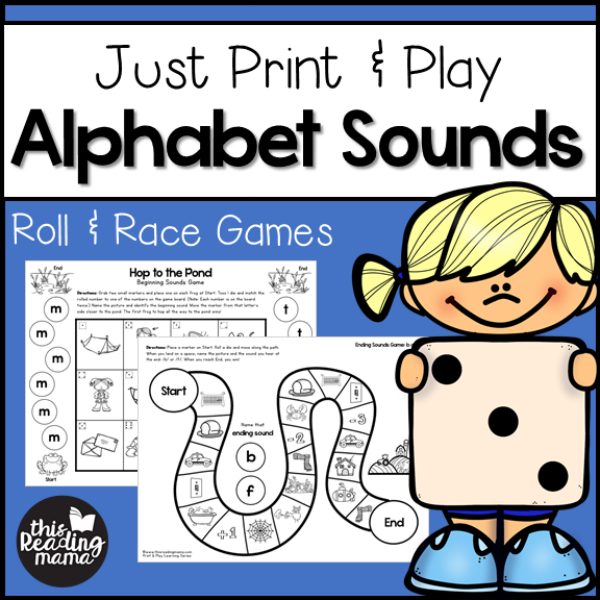
Why do I need sound in games?
It would seem that you understand that sound is needed for all animations to sound, the music is there ... that's all. But I would like to demonstrate to you that sound is an accessible channel for game designers and producers, narrative and level designers, which you can use to achieve your goals.
To begin with, we perceive the game through two main feedback channels. visual and auditory channels. Through the visual channel, we can transmit information that enters the game camera. And through the auditory canal, we can broadcast all the necessary information that occurs at all 360 degrees.
I'm sure it's no secret to you that you experience a game when you play it very differently than when you watch someone's stream or when someone is playing next to you. This is especially noticeable for competitive games, such as multiplayer shooters. Your attention is focused in a certain place, and the task of UX and Audio is to deliver information about the events in the game in such a way that the player perceives this information.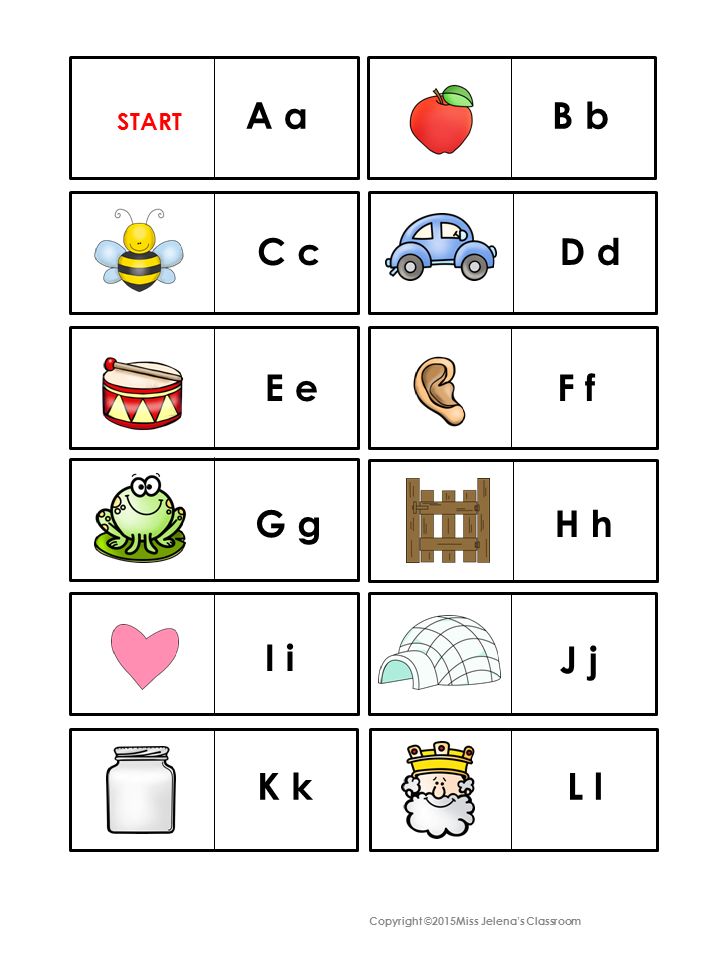
For example, in first-person shooters, we often focus on the scope of the weapon, especially when aiming. In order for us to understand during a firefight where we are in danger, how much life and ammunition we have, the process of capturing the base, the death of allies, and all this happens in a unit of time - we deliver information by means available to us. We have already decided that we are focused on crossing the sight, but a properly tuned sound will correctly deliver all the other information to us with the necessary priorities through a free channel.
-
Sound in games helps to reveal the lore and help the story. Properly chosen musical instruments easily help to localize the place and time when the game takes place
-
Sound can be used to easily immerse players in the world.
-
Sound is an important channel for delivering information. In the earlier example “when we aim at the enemy, and shots chirp around, allies scream in pain, the ammo in the magazine runs out and you are also damaged”, it is important to correctly reproduce the sounds.
 For example, in the events listed above, the most important thing for you is receiving damage, since your character's life directly depends on it. Next in priority is probably the sound of running out of ammo - as this affects the character's shooting. It is important to hear that you are hitting an enemy or missing. And so on. As a result, in a few seconds, looking at one point through the sound, the player receives a lot of critically important information for him.
For example, in the events listed above, the most important thing for you is receiving damage, since your character's life directly depends on it. Next in priority is probably the sound of running out of ammo - as this affects the character's shooting. It is important to hear that you are hitting an enemy or missing. And so on. As a result, in a few seconds, looking at one point through the sound, the player receives a lot of critically important information for him.
Thus, we can use sound, which is not only an artistic tool, but also a channel for the rapid delivery of information on several levels. And today I will tell you how you can use this tool in your games.
What is the difference between developing sound for AAA or budget Indie
Perhaps you have wondered why you need sound in the game, perhaps you even know which one is needed. And let's see how the development of sound for large AAA games and for small budget projects differs.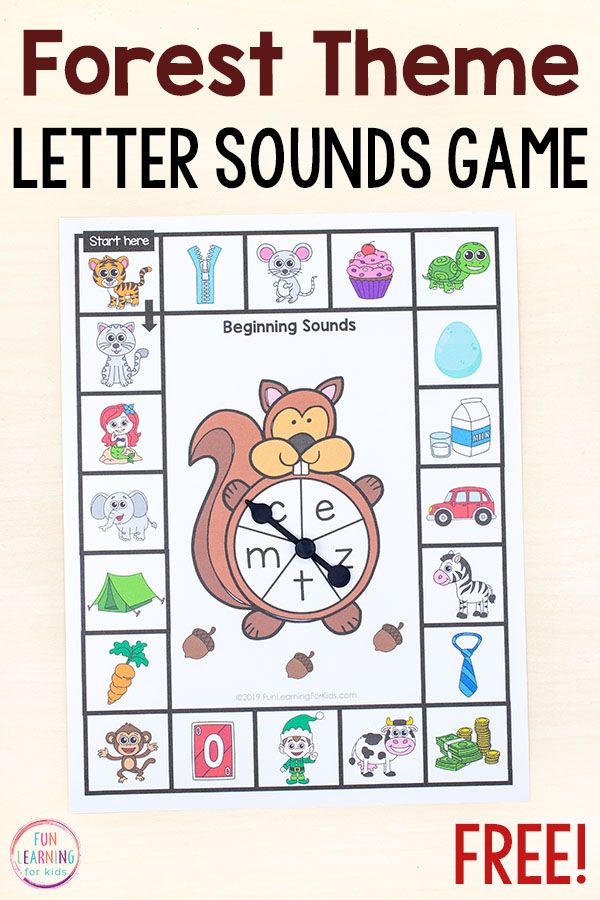 To tell the difference, I will mainly refer to my experience in the voice acting of a large project, but also not many people here know that I still head the AK Audio sound design studio, where I, in the person of the audio director and my colleagues, voice over not so large and Indie -projects. In this studio, we try to take the same approach that I use in AAA and realize high-quality and detailed sound.
To tell the difference, I will mainly refer to my experience in the voice acting of a large project, but also not many people here know that I still head the AK Audio sound design studio, where I, in the person of the audio director and my colleagues, voice over not so large and Indie -projects. In this studio, we try to take the same approach that I use in AAA and realize high-quality and detailed sound.
I have identified only two main points for myself:
- Resources
- Time
Everything else, such as attention to detail, synergy of sound and visuals, gameplay driven sound, refinement and exclusivity, can be done with low budgets. For example, for everyone, the well-known game Inside sounds so cool not only because the audio director is a very talented person, but also because many of the mechanics were tested on Limbo and Inside was developed for more than five years. This is how the gameplay mechanics were born, tied to the sound, this is how the sound associated with the gameplay was born.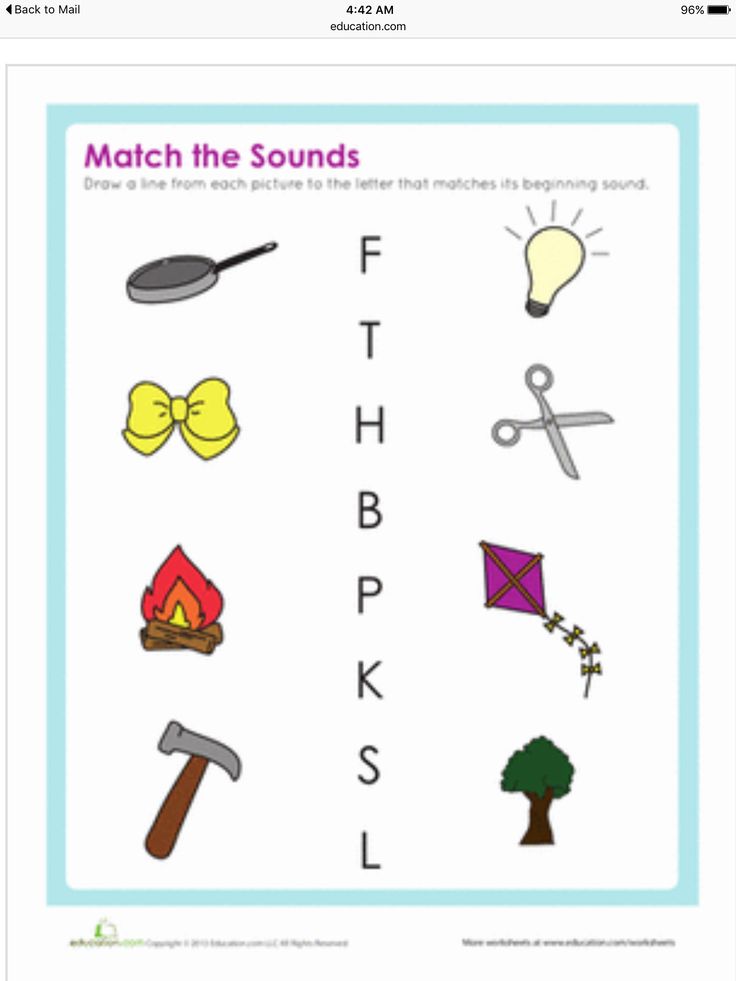
Let's go back to development in a large studio, where everything is coordinated for quite a long time, the release of the next patch costs a lot of money and long development. Where can an audio director spend resources in such a studio? In the case of tanks or other military games, mandatory field recordings of vehicles, shots and other military sounds. Thus, we can get not just exclusive content, but also record sound from the right perspectives, in different operating modes, and so on. With a big budget, music can be recorded using symphony orchestras to make the compositions sound great.
AAA development usually has large sound development teams. So, for example, our audio design department now has 10 people. In addition to developing a lot of content, we are doing a lot of RND and creating new sound systems. This allows you to make even more unique soundtrack. Experimenting with narrative through the audio channel. There is a lot of attention to detail in AAA, as it can often take a lot of time to polish a single sound.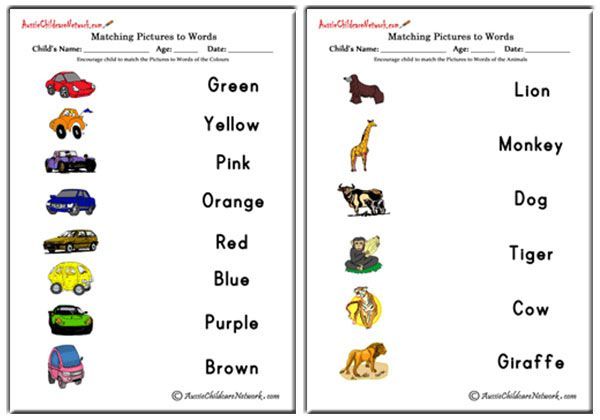 The result is a beautiful and clear sound picture.
The result is a beautiful and clear sound picture.
Audio development pipeline
And now how the game is voiced.
Before I actually start creating content for any game project, I usually first create a sound concept. This is a free form document where I first lay out the basic sound requirements.
For example, that the sound should be equally well perceived on the phone's speakers and headphones, which should immerse the player in a state of battle or meditation, so that the sound has pleasant sounds that you want to hear again. To make the sound easy to perceive for a long gaming session.
Further, each item from the theses I reveal. For example, like this:
As you know, when playing vertically in most devices, the sound is played through one speaker. Since it is required to reproduce many sounds per unit of time, to achieve the goal, it is necessary to create:
- Sounds with different sound textures
Sounds must differ quite strongly.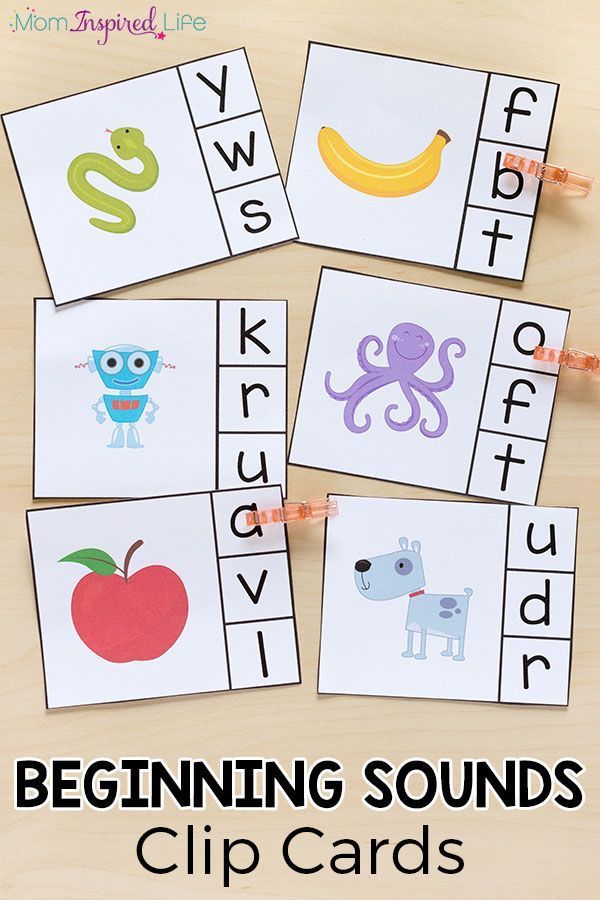 For example, shots and voices of characters differ in their sound. As a result, sounds can be easily counted simultaneously.
For example, shots and voices of characters differ in their sound. As a result, sounds can be easily counted simultaneously. - Dynamic Mix and Priority Systems
At Wwise, during development, we will implement the system with a built-in HDR system, which, depending on the settings, will turn down sounds that are currently lower in priority.
After I describe how I will achieve my goals, I describe what gameplay mechanics are present in the game. How can sound help reveal these mechanics.
Next, I build the approximate stages of development. For example, creating a core gameplay prototype for a game, creating a project architecture, creating content and setting it up, creating a dynamic mix, and optimizing a project.
After discussing with customers and finalizing the concept, I prefer to create a video prototype of the main mechanics of the game. So the customer will be able to understand how the game might sound, make their own adjustments according to the specifics of the project, and offer their ideas.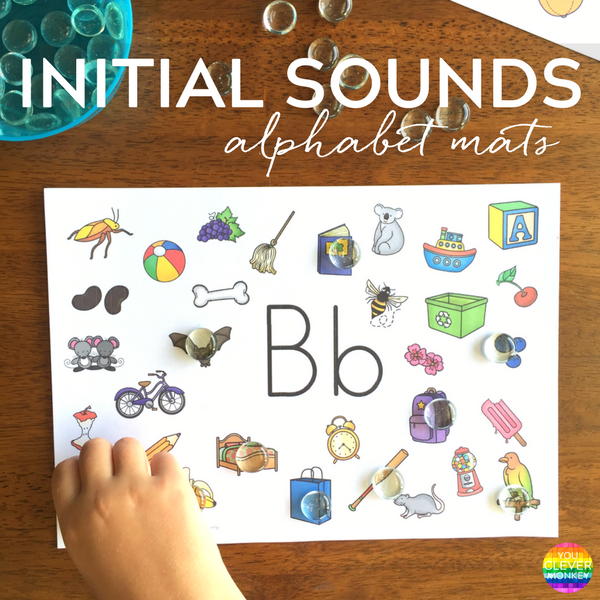 So the video prototype is a tangible promise to the developers, and also a guide for my audio design team.
So the video prototype is a tangible promise to the developers, and also a guide for my audio design team.
In order for the game to be correctly perceived by the player, it is very important to have various interactive systems. These include interactive music, subsystems of the game mechanics, dynamic mix.
- Interactive music
Interactive music is a music system that changes (adapts) depending on the gameplay. The simplest example of interactive music is when there is a composition in the game, when the hero explores the world, and when he enters the battle, the combat composition begins to sound. Music is known to be an artistic element, but the change of music and mood can be used in the same way as an information system. - Interactive Game Mechanic Subsystems
Sound systems can be completely different. For example, in the game World of Tanks, such systems include the movement system, the shot system, the hit system, and so on.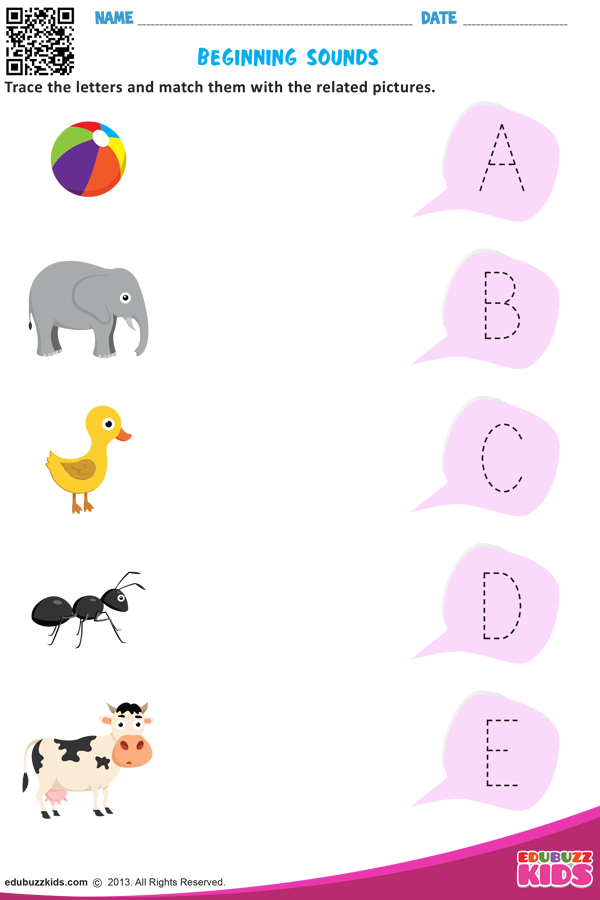 In order for the movement of the tank to be felt realistically, then all subsystems of movement, including the sound of the engine, must change from the physics of movement. When driving uphill, the tank engine, being under load, sounds hysterically with a bright spectrum. And moving downhill at the same speed, the sound is completely different, without load. Therefore, the engine must interactively change depending on the actions of the player, and the sound itself must be controlled by a number of parameters. And there are a large number of such complex systems in games.
In order for the movement of the tank to be felt realistically, then all subsystems of movement, including the sound of the engine, must change from the physics of movement. When driving uphill, the tank engine, being under load, sounds hysterically with a bright spectrum. And moving downhill at the same speed, the sound is completely different, without load. Therefore, the engine must interactively change depending on the actions of the player, and the sound itself must be controlled by a number of parameters. And there are a large number of such complex systems in games. - Dynamic Mix
Dynamic Information Mix is a set of sounds arranged with priority towards the most informative sounds for the player! These sounds can be those sound events that help the player continue the game (the main “feedbackers”)! For example, the sounds of taking damage, the attacks of opponents on the hero, the sounds of killing enemies, since this is an important positive feedback.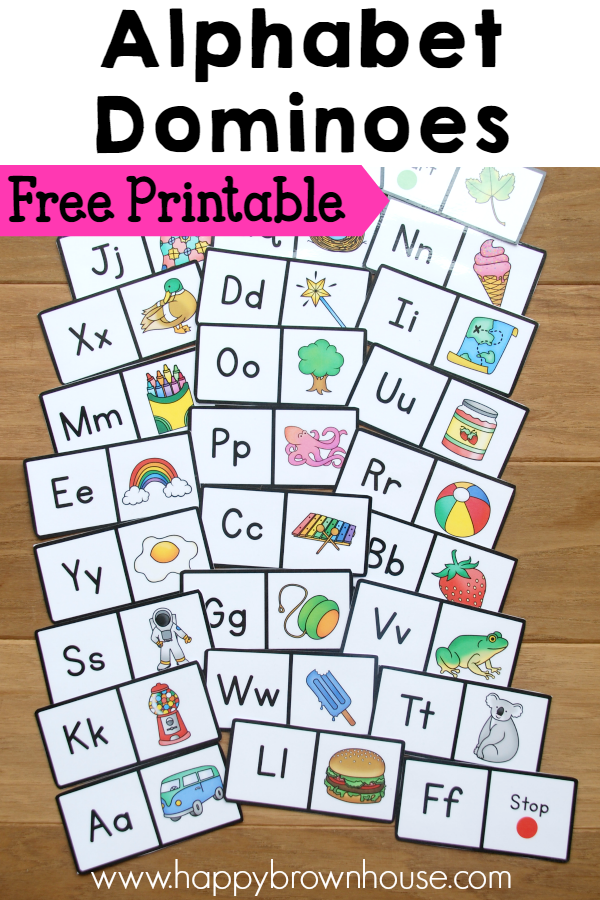
Most of the developers, producers and game designers with whom I had to communicate believe that to sound the game, you just need to download wav or ogg files and substitute them into the desired piece of code. But we have already seen that the audio channel should work interactively with the actions of the player. We cannot know (but only predict) what the player will do now, therefore, substituting even the highest quality sound files, we still will not achieve the desired effect, when each player’s action will correspond to the sound of the desired timbre, the desired strength, the desired duration, the desired height, and etc.
For example, to create the sound of a tank moving, we use about 150 sound assets for just one engine model and tracks. Just imagine that the sound of the engine and transmission changes depending on engine speed, engine load (is it going uphill or downhill), is it moving in a straight line or turning, is it picking up speed or is the driver releasing the gas pedal, and many other factors that change the sound of only one subsystem.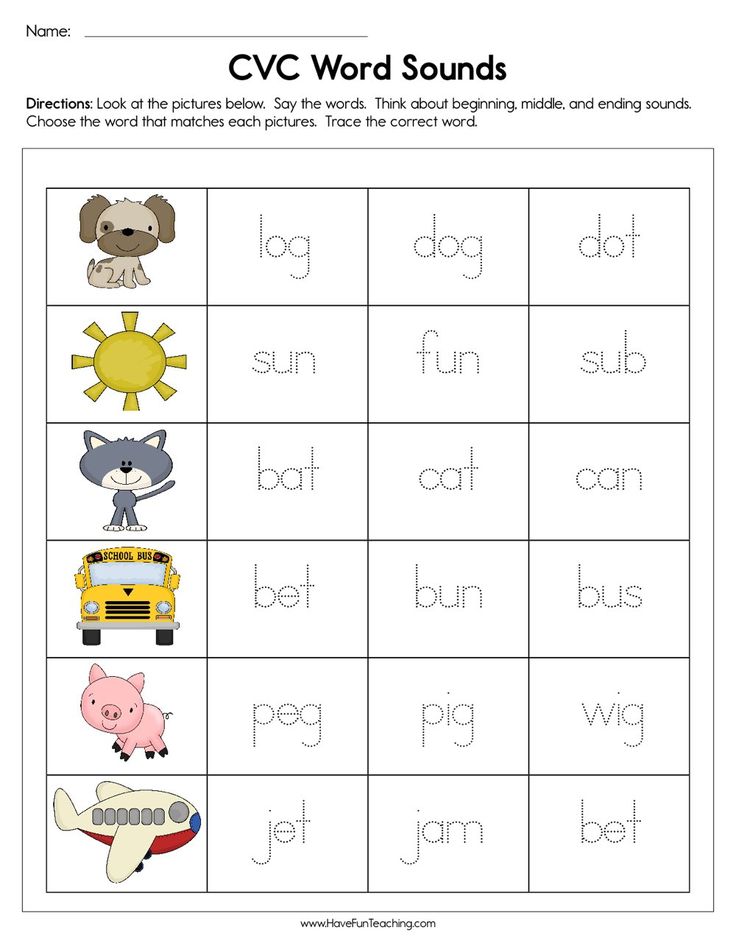 No matter how cool the encoder is, programming such a system without understanding the sound fundamentals simply will not work. And just adding the sound of an engine that accelerates will not work either. This requires a customized system that will manage a variety of input parameters and, depending on the values, change the content and its characteristics.
No matter how cool the encoder is, programming such a system without understanding the sound fundamentals simply will not work. And just adding the sound of an engine that accelerates will not work either. This requires a customized system that will manage a variety of input parameters and, depending on the values, change the content and its characteristics.
It may seem that the content is not important in this case. This is not true. Depending on the genre of the game and the setting, the importance of detailed elaboration of content also changes. Obviously, for simulators, it is very important to record the sounds yourself, then properly assemble the system and then configure and test.
I've said before that the game has to be mixed somehow. By mix I mean the totality of sounding sounds and music. Here it is very important not only to assemble the right-sounding mix on studio speakers or on a phone, in headphones or on a laptop speaker, but here it is important to convey important information to the player through the mix, to convey the right mood.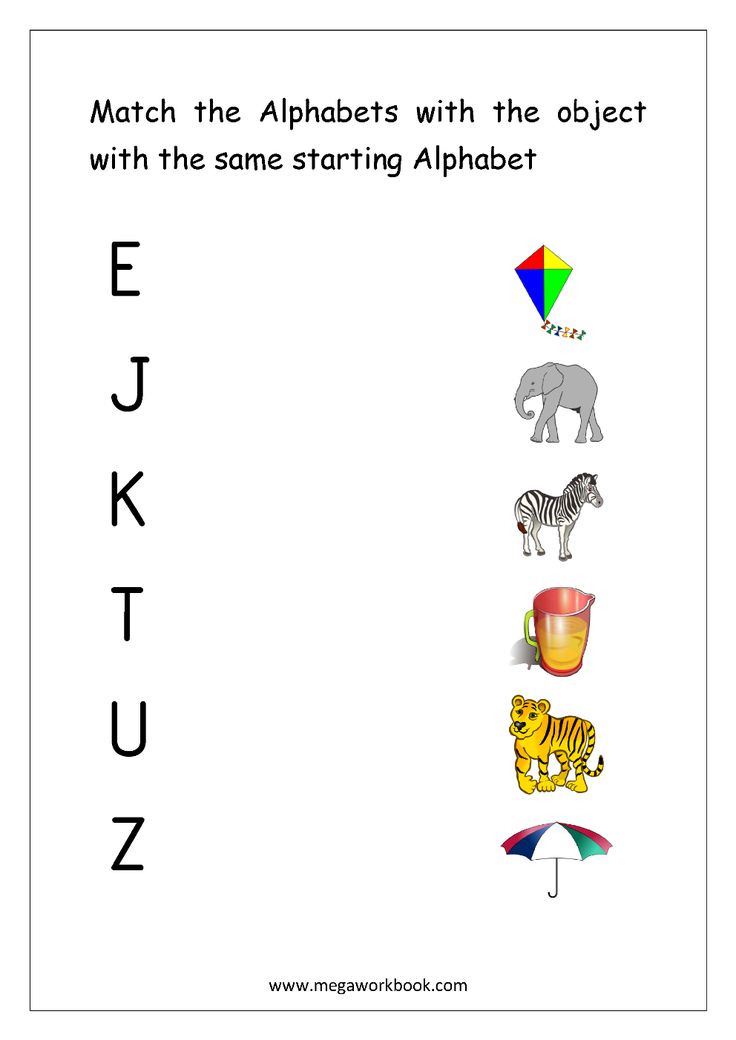
By the way, one of my favorite games, The Last of Us2, also used the right balance of sounds to create the right mood. The stress curve experienced by the player has a wave-like shape. Always after tense moments there is a piece of location where we can relax or an interesting cutscene plays. The game mix follows the same rules. When we have intense battles with enemies, all the sounds are quite loud, the background music is also loud and the dynamic range is rather narrow. As a result, everything sounds quite rich and tense. And at the moment when an emotional moment sounds ( for example when Ellie went to Joyle's house ), the difference between very quiet sounds and loud ones is much greater, the mix is, as they say, relaxed. The scene doesn't sound tense.
When multiple audio subsystems are playing at the same time, such as gunshots, hits, explosions, music, ui, allied and enemy screams, ambient sounds, and so on, the player will not be able to process so much information at the same time.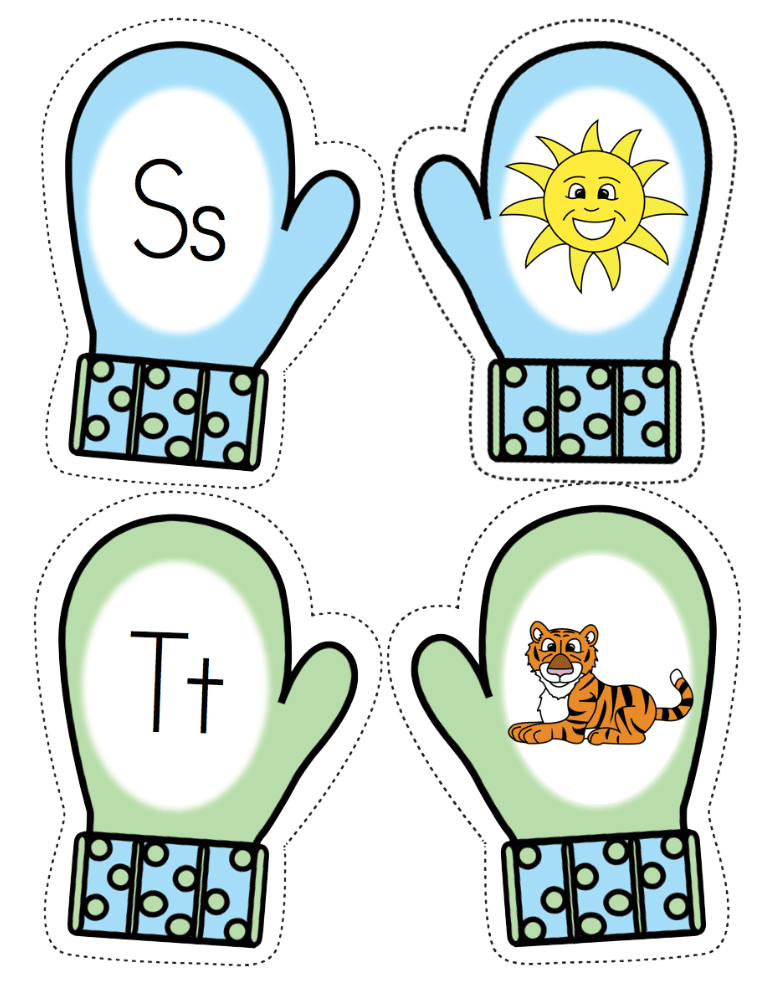 There is a principle of information sufficiency; it is difficult for a player to decode more than three systems at the same time. This also applies to the gradation of the power of the shot, and various complex ui alerts, and in principle the entire sound. As a result, the less information the player decodes at the same time, the easier it is to isolate the necessary information. In this case, we come to the aid of a dynamic mix system. Each sound system is built in a priority grid, and when a higher priority sound sounds, for example, a shot, the player does not need environmental sounds at that moment, so they become quieter for a while. And if we hide in the bushes and watch the enemy, the sounds of nature can be made louder.
There is a principle of information sufficiency; it is difficult for a player to decode more than three systems at the same time. This also applies to the gradation of the power of the shot, and various complex ui alerts, and in principle the entire sound. As a result, the less information the player decodes at the same time, the easier it is to isolate the necessary information. In this case, we come to the aid of a dynamic mix system. Each sound system is built in a priority grid, and when a higher priority sound sounds, for example, a shot, the player does not need environmental sounds at that moment, so they become quieter for a while. And if we hide in the bushes and watch the enemy, the sounds of nature can be made louder.
When constructing a mix, it is necessary to select subsystems as their informative significance decreases. Subsystems can be divided into notification and artistic. The definition of notification and artistic subsystems is determined by the context of the game.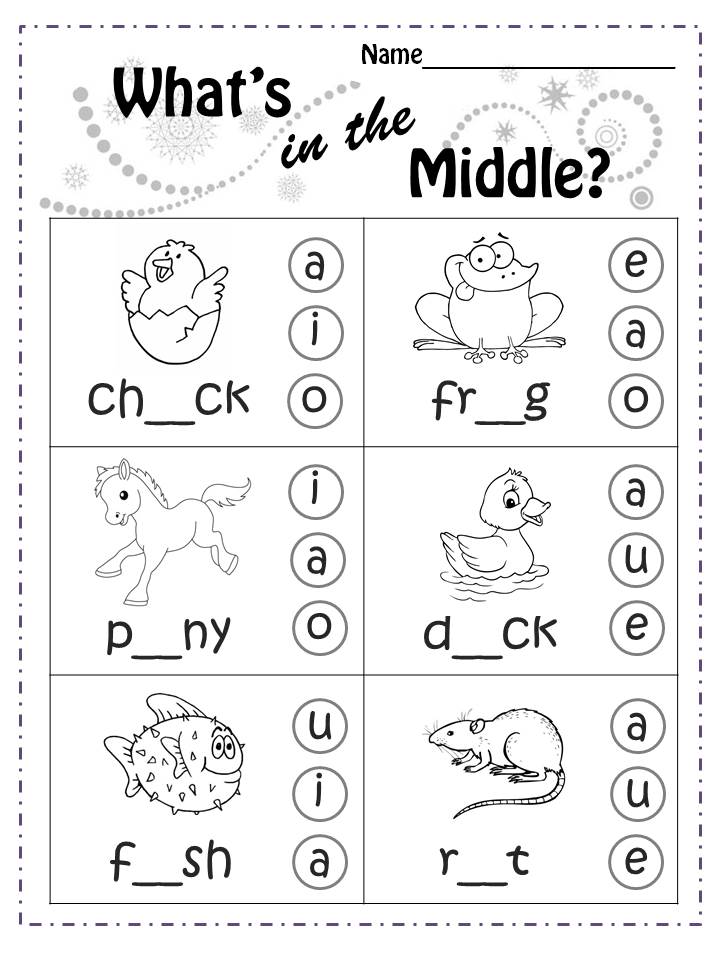 For example: “The death of the enemy is a great feedback, if he died, then I did something right.” This is more important than his shot, which may be missed. Also, if there are a lot of opponents, then hitting the enemy is less important than death, but if there is only one enemy and it is difficult to hit him, then the significance of such an event increases! Another example is the steps of mobs. In an isometric slasher, they are not important, but they are extremely important, for example, in stealth action.
For example: “The death of the enemy is a great feedback, if he died, then I did something right.” This is more important than his shot, which may be missed. Also, if there are a lot of opponents, then hitting the enemy is less important than death, but if there is only one enemy and it is difficult to hit him, then the significance of such an event increases! Another example is the steps of mobs. In an isometric slasher, they are not important, but they are extremely important, for example, in stealth action.
When delivering content to different platforms, we face many limitations.
- RAM limits
- Build size limit
- CPU load limit
And unfortunately, work with optimization often resembles the well-known meme fast-quality-cheap.
But unlike the meme, we can work through each case separately. To do this, the audio designer correctly makes the content. For example, stereo sound is twice the volume of mono.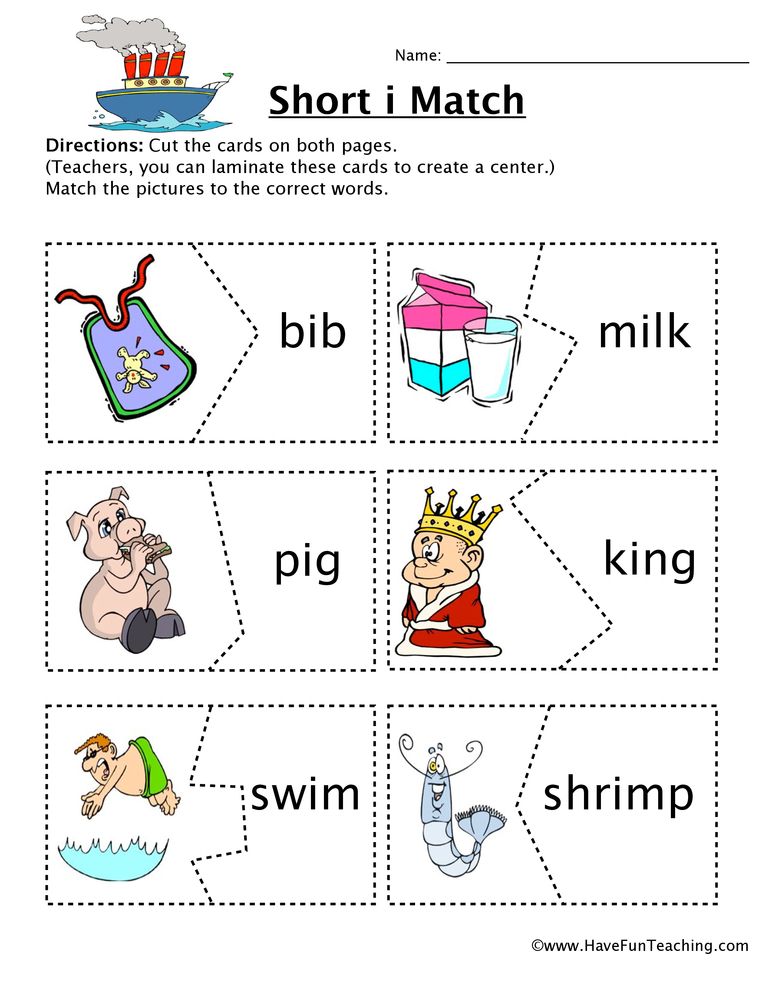 Choosing audio encoding for different types of audio also saves space. Proper segmentation of sounds into banks and streaming of content allows you to shove many times more content into memory. For example, in World of Tanks, we cannot access more than 170 megabytes of RAM during a game session. Since there are animations, particles and graphics. But during a gaming session, we, along with the music, we drag through more than two gigabytes of content. It's all thanks to proper optimization.
Choosing audio encoding for different types of audio also saves space. Proper segmentation of sounds into banks and streaming of content allows you to shove many times more content into memory. For example, in World of Tanks, we cannot access more than 170 megabytes of RAM during a game session. Since there are animations, particles and graphics. But during a gaming session, we, along with the music, we drag through more than two gigabytes of content. It's all thanks to proper optimization.
When working on your games, be sure to work with audio designers to optimize the audio project, thanks to this you can get faster, more economical and more efficient sound.
A little earlier we figured out what a good sound is. Let me remind you that the sound should immerse the player, give the right feedback and deliver critical information, depending on the game, it should be either realistic or exaggerated. The sound must work together with the storytelling dramaturgy and game mechanics.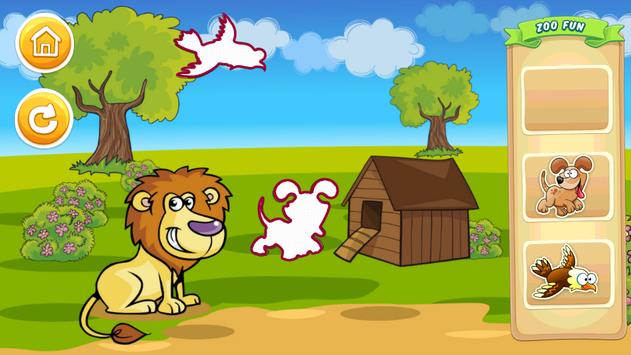 And as Bjorn Jacobson said in his quote, good sound should not be bad.
And as Bjorn Jacobson said in his quote, good sound should not be bad.
To do this, you need to adhere to the main theses.
Start at concept stage
With an audio designer on your team or outsourced, you can engage early. Thanks to this, you will be able to think over not only game mechanics from the perspective of delivering information through the audio channel, but also move correctly with the narrative part of the game. A common mistake is that a person who does not understand sound at all puts the sound on the sound. But if the development team shares the feeling they want to achieve from a sound picture with an experienced audio designer, then in addition to the right feelings, you can get a number of tips on how you can artistically reveal certain moments of the game that you might not have even thought of.
Opportunity to suggest ideas
A good audio designer or audio director, in my opinion, should have basic expertise in related disciplines as well. Since he is the best team understands how to reveal the character, the mood of the characters through the sound channel. Therefore, understanding what game mechanics exist, how the narrative in the game and other parts of the design team work, the audio designer can positively influence the overall game experience.
Since he is the best team understands how to reveal the character, the mood of the characters through the sound channel. Therefore, understanding what game mechanics exist, how the narrative in the game and other parts of the design team work, the audio designer can positively influence the overall game experience.
Analyze sound in games
This item is more for my colleagues. In order to make good sound, you need to understand why you like the sound in your favorite games. Try to understand how sound systems work, what priorities work, and how the rules for interactive music work. This analysis will allow you to make more interesting decisions every time.
I recently launched a series of streams on my school's XSSR Academy channel called "Sound Designer Plays Games" in which I play games and talk about what I hear, guess how it might work, and share an overall impression of the sound in games. In the pilot episode, I played the PS5 exclusive Returnal, in a fantastic soundscape.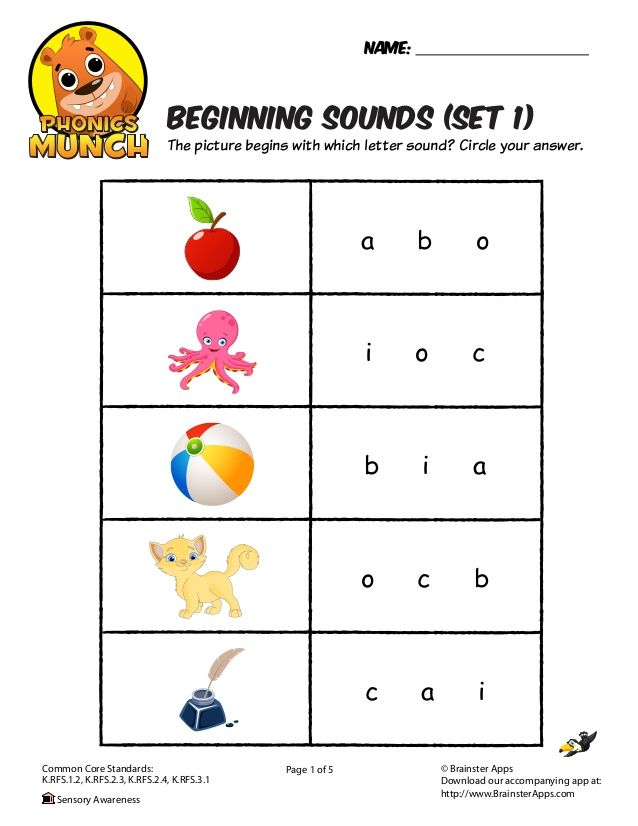
Using Audio Engines
Usually, when developing sound on built-in utilities in game engines, difficulties arise when an audio designer tries to immediately implement sound systems on the fly. Plus the programmer involved in the connection? can only evaluate whether he succeeded in connecting the system to the unit or anril. Since in order to understand how it sounds, whether the sound works out correctly, expertise in sound is needed. Or you need to let the audio designer into the code and, of course, he must have expertise in the engine.
The most popular audio engines today are Fmod Studio and Wwise. These engines contain all the necessary functionality for the implementation of the sound systems I mentioned. Otherwise, you will have to write all the necessary functionality from scratch, optimize it, conduct QA, and so on. If you have had the experience of creating a game and writing an engine from scratch, you will encounter the same problems, resource costs.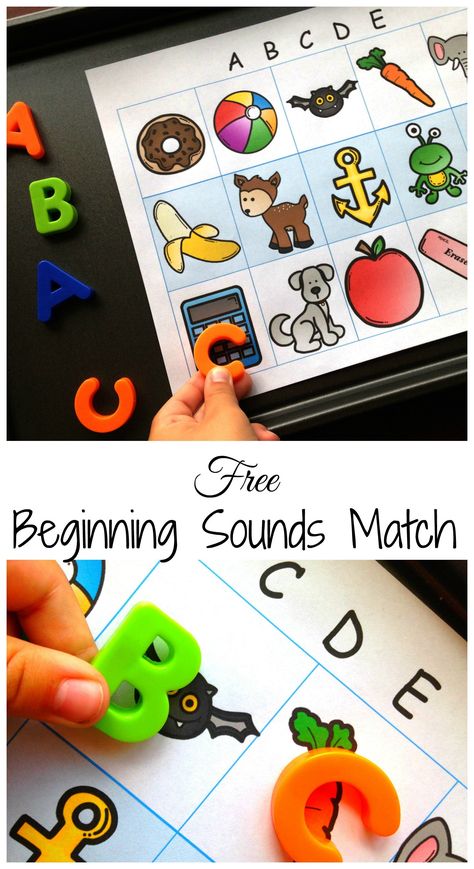
And if an audio designer will make sound and music on an audio engine, then the programmer will need only one or two lines of code to tie up sound events or parameters. Then, connecting to the game build using the real-time audio engine interface, adjust the sound. And audio engines have a full-fledged profiler and it is much more convenient to conduct Audio QA. And not to mention the fact that resource optimization in audio engines is many times better.
Are you really saving a resource? just using the audio engine. But you will also have access to unique functionality in order to create interactive systems and optimize sound.
For simple projects where you just need to run audio files without parameters, you can use Unity's or Unreal's audio functionality. In Anril, you can quite easily design complex sound subsystems. Only in the latter case, you need to look for an audio designer with good skills in anril.
In conclusion, it is worth going back to the very beginning of this video, that sound is not just a way of feedback for the player, but a full-fledged channel for communicating with the player, shaping the perception of the game, and of course, good sound is a complete tool for a game designer.